- NGUỒN GỐC TÊN GỌI LAN CATTLEYA - NỮ HOÀNG CỦA CÁC LOÀI HOA
Năm 1818, William Cattley, một nhà chuyên nghiên cứu thực vật nhiệt đới người Anh, lúc bấy giờ đang làm việc ở Barnett, nhận được một kiện hàng toàn các loại thực vật được gởi về nước từ Brazil. Ông thấy một loại cây có lá lạ dùng để bọc và chèn các cây cỏ trong kiện hàng. Ông đem trồng các cây lạ đó trong vườn ươm của mình.
Đến tháng 11 cùng năm, các cây lạ đó trổ hoa. Những đoá hoa đã gây sửng sốt cho giới quý tộc Anh vì vẻ đẹp rực rỡ, mê hồn cùng mùi hương thật quyến rũ. Rất nhanh chóng người ta đã đặt cho chúng cái tên Nữ Hoàng Của Các Loài Hoa – The Queen of Flowers.
Đến năm 1821, Dr John Lindley, một nhà phân loại thực vật được William Cattley nhận vào làm việc để thay thế Sir Joseph Banks, đã mất, tiếp tục công trình nghiên cứu mô tả và phân loại thực vật trong bộ sưu tập của Cattley; và Lindley đã lấy tên của Cattley đặt cho cây Nữ Hoàng Của Các Loài Hoa là Cattleya labiata (labiata tiếng Latin có nghĩa là Cánh môi hoa tuyệt diệu) để vinh danh người đầu tiên ở Âu châu trồng nó ra hoa. -
PHÂN LOẠI
Về phương diện ngoại hình Cattleya có thể chia làm hai nhóm
1. Nhóm một lá
Mỗi cây chỉ mang một lá trên đỉnh. Nhóm này thường cho từ 1-6 hoa trên một phát hoa. Hoa rất lớn với màu sắc rất rực rỡ và thơm, ví dụ như Cattleya eldorado, gaskelliana, labiata, lueddemanniana, mendelii, mossiae, percivaliana, schroederae, trianaei, warscewiczii ...Thân của nhóm này cao khoảng 8-30cm, lá thường xanh đậm dầy, dai, dài khoảng 20cm, rộng đến 7cm. Phát hoa mang hoa rất to có thể lên đến 25cm đường kính. Cattleya labiata và trianaei là loài tiêu biểu nhất trong nhóm với nhiều loại phụ.
Tuy nhiên bất cứ cái gì cũng đều có sự ngoại lệ. Sự ngoại lệ ở đây là Cattleya luteola mặc dù thuộc nhóm Cattleya Một lá nhưng lại có thân nhỏ và hoa cũng nhỏ.
2. Nhóm hai lá
Mỗi cây mang 2 hay 3 lá trên đỉnh. Nhóm này thường cho hoa nhỏ hơn và mọc thành từng cụm như Cattleya aclandiae, amethystoglossa, aurantiaca, bowringiana, harrisoniana, intermedia, leopoldii, schilleriana, skinneri, walkeriana ...
Thân của nhóm này ốm hơn nhưng rất cao, trung bình cây cao khoảng 60cm nhưng có loài cao đến 1,5m, mang 2 hoặc 3 lá trên đỉnh. Lá cũng nhỏ hơn, dài khoảng 20cm, màu xanh nhạt.
Phát hoa vươn cao từ một bọc xanh trên đỉnh, mang nhiều hoa có khi lên đến 15 hoa. Hoa nhỏ hơn, chỉ khoảng 10-15cm đường kính và cánh hoa cũng thường thuôn dài hơn.
Trong nhóm Cattleya hai lá phổ biến nhất là Cattleya skinneriCattleya skinneri được Bateman phân loại và đặt tên để vinh danh nhà thám hiểm và chuyên săn lùng thực vật nổi tiếng George Ure Skinner.
Cây thuộc loại phụ sinh trên cành cây, có khi sống trên các vách đá. Thân cao đến 50cm mang 2 lá hình bầu dục dài 10-20cm, rộng 3-6cm trên đỉnh. Phát hoa ra từ một bọc hình lá trên đỉnh các cây trưởng thành, mang 4-12 hoa màu hồng tím, lớn đến 8cm. Môi hoa hình ống loe ra với họng màu trắng kem.
Cattleya skinneri có nhiều loài phụ như trắng tuyền, hoặc trắng với họng màu tím.
Cattleya skinneri rất được các nhà lai tạo lan ưa chuộng để dùng làm giống căn bản lai tạo vì chúng rất khoẻ và mau hoa.
Cattleya lai tạo
Cattleya hardyana là giống lai tự nhiên giữa Cattleya dowiana var aurea và Cattleya warscewiczii được tập đoàn của Hardy tìm thấy năm 1886 và đưa về Anh, khi cây trổ hoa được đặt tên của Hardy. Sau đó ở vườn ươm người ta cũng đã lai tạo giữa hai giống trên và được kết quả tương tự.
Trong thiên nhiên người ta tìm thấy khá nhiều loài Cattleya lai tạo tự nhiên như Cattleya guatemalensis được Linden và Reichenbach tìm thấy ở Guatemala, nó là kết quả của sự thụ phấn tự nhiên giữa Cattleya skinneri và Cattleya aurantiaca. Sau đó ít lâu ở Honduras, Ames và Correll tìm thấy một giống Cattleya mà họ đặt tên là Cattleya pachecoi, thực chất nó chính là Cattleya guatemalensis.
Hoặc như Cattleya brasiliense là giống lai tự nhiên giữa Cattleya bicolor và Cattleya harrisoniana.
Giống Cattleya lai nhân tạo đầu tiên là Cattleya Hybrida được tập đoàn Veitch đăng ký bản quyền ngày 1/1/1863. Cattleya Hybrida được nhân giống giữa Cattleya guttata và Cattleya loddigesii.
Đến nay người ta đã lai tạo ra hàng ngàn giống Cattleya đủ mọi hình dáng và màu sắc, trong đó rất nhiều giống đã được các nước in lên tem.
Cattleya Carpa = C labiata x C amethystoglossa
Cattleya Francis = C Bow Bells x C Swan
Cattleya Fabia = C labiata x C dowiana
Cattleya Frasquita = C velutina x C bicolor
Người ta không những lai tạo các giống Cattleya mới trong cùng một chi mà còn lai chúng với các chi hoa khác trong cùng một phả hệ như Laelia, Brassavola, Sophronitis ..
Cattleya x Brassavola = Brassocattleya (thường được viết tắt là BC)
Cattleya x Laelia = Laeliocattleya (LC)
Cattleya x Sophronitis = Sophrocattleya (SC)
Cattleya x Schomburgkia = Schombocattleya
Không những thế, người ta còn lai 3 chi thậm chí 4 chi trong cùng một phả hệ với nhau như:
Cattleya x Brassavola x Laelia = Brassolaeliocattleya (Blc)
Cattleya x Laelia x Sophronitis = Sophrolaeliocattleya (Slc)
Cattleya x Brassavola x Laelia x Sophronitis = Potinara (POT)
Hoặc có những tổ hợp lai phức đến đáng kinh ngạc như SLC Estella Jewell được lai tạo qua rất nhiều thế hệ của 16 chi loài khác nhau.CATTLEYA - QUỐC HOA
Là Nữ Hoàng Của Các Loài hoa và xuất xứ ở Châu Mỹ Latin, nên có 3 quốc gia miền Trung-Nam Mỹ đã chọn Cattleya làm quốc hoa của mình là:
1. Costa Rica – Cattleya skinneri và Costa Rica cũng là quốc gia phát hành mẫu tem hoa lan đầu tiên trên thế giới vào năm 1938.
CHỌN GIỐNG CATTLEYA PHÙ HỢP!
Trước em cũng trồng Catt, mãi không ra hoa, chán nản, bỏ. Gần đây, tìm hiểu thêm về Catt em mới thấy amatơ quá, hì....Để Catt ra hoa được còn phải phụ thuộc vào giống, cách chăm sóc,.......
Do vậy, cần tìm hiểu được nguồn gốc xuất xứ của cây Catt mà mình mua, nó cũng là yếu tố quyết định đến việc nó có hoa tại nơi bạn trồng hay không?
VD như: các giống Catt trong miền Nam nhập từ Thái Lan, yêu cầu thời gian chiếu sáng trong ngày khá dài mới có thể cho hoa, nếu như trồng ngoài Bắc thì rất khó có thể cho nó ra hoa được. Đó là bài học lớn mà em rút ra được đấy các bác ạ! hì....
Sau đây, xin chia sẻ cùng các bác thông tin đọc từ web Hoa lan Việt Nam kinh nghiệm chọn giống cây để có thể có hoa chơi 4 mùa. Cần tìm hiểu nguồn gốc của cây định trồng, thời gian ra hoa của chúng để có thể lựa chọn cây phù hợp!
Muốn có hoa Calleya quanh năm hãy chọn các loại nguyên giống sau đây. Những cây lai giống sẽ ảnh hưởng di truyền của cây cha hoặc mẹ.
X = Xuân, H = Hạ, T = Thu, D = Đông

- How I grow and care for my Cattleya Orchids
Tôi trồng và chăm sóc cho Cát Lan của tôi như thế nào
To me, Cattleya orchids are among the most beautiful and fulfilling of the orchid species to grow and care for. Their care and culture is easily learned by the beginner, and with simple growing conditions most of us can obtain outstanding results. Adding additional Cattleya orchids to your collection is easy, since their care and culture varies only slightly among most of the hybrids. Once you learn how to grow, bloom, and care for Cattleya orchids, then you can easily learn to grow any other genera of orchids.
Với tôi, Cát lan nằm trong số những loài lan đẹp nhất và trọn vẹn nhất để trồng và chăm sóc. Việc trồng và chăm sóc chúng rất dễ dàng cho những người mới chơi lan và với điều kiện trồng hết sức đơn giản có thể cho chúng ta một kết quả tuyệt vời. Việc bổ sung Cát lan vào bộ sưu tập hoa lan của bạn có thể thực hiện dễ dàng bởi vì việc trồng và chăm sóc chúng chỉ khó khăn đối với một số nhỏ giống Cát lai. Chỉ cần một lần bạn tìm hiểu trồng, cho ra hoa và chăm sóc như thế nào cho Cát lan, sau đó bạn có thể dễ dàng học trồng bất kỳ một giống lan nào đó.
Many people have asked how I grow such beautiful orchids. While many books have been written about how to grow and care for Cattleya orchids and other orchid species, this is how I grow mine:
Nhiều người đã hỏi làm thế nào mà tôi trồng được các cây lan đẹp như vậy. Trong khi có nhiều cuốn sách viết về cách trồng và chăm sóc Cát lan và các loài lan khác, dưới đây là cách trồng của tôi:
First; I HARD GROW all of my Cattleya orchids. Cattleya orchids (and other orchid species) that have been hard grown will have bigger, brighter, sturdier blooms and the inflorescence will be stronger and not require staking. Hard grown means that the orchid plant was not babied in any way. Temperatures were allowed to be above the maximum and below the minimum. The orchid plants are given outside conditions to toughen them up, and all of the orchid fertilizer they can handle. This makes them able to withstand extremes, and it shows up in the orchid blooms. Unlike the orchid plants you normally are offered, these Cattleya orchids have very sturdy leaves. The orchid leaf can break like a celery stick. Rarely are hard grown Cattleya orchids such as these offered for sale.
Ban đầu, tôi cũng gặp khó khăn với tất cả các loại Cát Lan. Cát lan (và các loài lan khác) thường khó trồng để lớn hơn, mạnh hơn, sung sức hơn và sự phát hoa trở nên mạnh mẽ hơn và không đòi hỏi phải chăm sóc nhiều. Khó trồng tức là cây lan không tài nào mà lớn được. Nhiệt độ cho phép ở mức tối đa và tối thiểu. Các cây lan cần nhận được các điều kiện nuôi trồng bên ngoài trời để được rèn luyện và tất cả các loại phân bón lan chúng cần phải được cung cấp. Điều này làm cho chúng có thể thích nghi và nó sẽ biểu hiện trên những bông hoa lan. Không giống như những cây lan mà bạn thường mua, loài Cát lan này có lá rất cứng cáp. Lá lan có thể chia ra giống cây cần tây. Rất hiếm cây Cát lan khó trồng được mang ra bán.
(hix…đoạn này lủng củng quá, tức ơi là tức)
Care Conditions: Điều kiện chăm sóc
Light: This is the most important factor in growing and flowering Cattleya orchids. From May though September, I cover my growing area with 60% shade cloth. On the 1st of October, I remove the shade cloth to increase light levels throughout the winter. This allows the orchid plants to get bright sunlight, making sure they do not get any direct sun in the middle of the day.
Ánh sáng: Đây là nhân tố quan trọng nhất trong việc nuôi trồng và ra hoa của Cát lan. Từ tháng 5 đến tháng 9, tôi che khu nuôi trồng với ánh sáng khoảng 60%. Vào ngày 1 tháng 10, tôi gỡ bỏ lưới che để gia tăng mức ánh sáng trong suốt mùa đông. Điều này cho phép cây lan nhận được ánh sáng mặt trời nhiều, hãy đảm bảo rằng cây không bị chiếu nắng trực tiếp lúc giữa trưa.
Temperature: This ranges from 48 degrees in the winter to over 95 in the summer. The orchid plants are open to the environment and thus can tolerate the temperature range.
Nhiệt độ: trung bình từ 48 độ F trong mùa đông đến trên 95độ F trong mùa hè. Cây lan cần phải được để thông thoáng và chúng có thể chịu được mức nhiệt độ này.
Water: In my experience, more orchids are killed by over watering than from lack of water. Mature Cattleya orchids need to dry out thoroughly before being watered again. From about October 1st through May, I water once a week. From May though September, I water twice a week. Please note; in both May and September, I use a bamboo skewer to check before watering. I pick an average pot, push a dry bamboo skewer into the middle, and let it set for 10 seconds. I then pull it out and touch my cheek with it. If the skewer is cool to the touch, I wait a day before watering. This method is not of my own invention, but one of the many things that I have learned on the Internet.
Tưới nước: Kinh nghiệm tưới nước của tôi, lan bị chết vì tưới nhiều hơn là chết vì thiếu nước. Cát lan cần phải được khô trước khi tưới trở lại. Từ khoảng 1 tháng 10 đến tháng 5, tôi tưới mỗi tuần 1 lần. Từ tháng 5 đến tháng 9, tôi tưới 2 lần 1 tuần. Xin hãy ghi nhớ: trong cả tháng 5 và tháng 9, tôi dùng một cái que tre để kiểm tra trước khi tưới. Tôi chọn ra một chậu vừa phải, nhét que tre khô vào giữa và để nó đấy trong vòng 10 giây. Sau đó tôi rút nó ra và dùng ngón tay kiểm tra nó. Nếu sờ vào que tre cảm thấy mát, tôi đợi một ngày trước khi tưới. Đây là cách làm không phải của tôi, nhưng đó là một trong những mẹo mà tôi đã học được trên Internet.
Fertilizer: I am currently using Peter's 20-20-20 with micro-nutrients. When new growth is developing, I fertilize ½ strength (1 teaspoon of Peter's per gal) each time I water. I also water with just plain water once a month to flush out excess fertilizer salts.
When I remove the shade cloth, I reduce my watering, still continuing to fertilize once every two weeks for the winter.
Twice a year, I water with Epson Salts at a mixture of 1 tablespoon per gallon of water (it adds magnesium to the soil-less mixes that we all use). If you can find a fertilizer with calmag in it, then don't add the Epson Salts.
Phân bón: Tôi hiện đang dùng loại phân Peter 20-20-20 với các nguyên tố vi lượng. Khi giả hành mới phát triển, tôi bón ½ liều lượng (1 muỗng cà phê cho khoảng 2 lít nước) mỗi khi tôi tưới nước. Tôi cũng tưới nước bằng nước xả mỗi tháng một lần để tẩy sạch muối do phân đọng lại.
Khi tôi gỡ bó lưới che, tôi giảm bớt lượng nước tưới, vẫn dùng phân bón mỗi một hoặc hai tuần trong mùa đông.
Một năm 2 lần, tôi tưới với chất xả muối liềulượng 1 muỗng cho 2 lít nước (nó bổ sung ma-giê cho hỗn hợp chất trồng mà chúng ta sử dụng). Nếu bạn có thể tìm được loại phân bón với calmag trong đó, thì bạn không phải bổ sung Epson Salts nữa.
Potting: The mix I use is 5 parts medium bark, 2 parts sponge rock, 2 part coconut chips, and 1 part charcoal. This mix works very well for my growing conditions. As a general rule, I re-pot newly purchased orchids even if they come from a reputable dealer.
I hope this answers most of your questions. Please feel free to email me. Even if you haven't purchased from me, I will more than happily help you out.
Best Regards,
Trồng: giá thể trồng tôi sử dụng 5 phần vỏ thông vừa, 2 phần dớn cọng, 2 phần vụn xơ dừa và 1 phần than củi. Đây là chất trồng rất tốt cho điều kiện nuôi trồng của tôi. Như một quy luật chung, tôi thay chậu lan mới được mua nếu nó được cung cấp bởi một cửa hàng uy tín.
Tôi hy vọng rằng đây là câu trả lời cho hầu hết mọi câu hỏi. Hãy đừng ngần ngại gởi email cho tôi. Thậm chí nếu bạn không mua lan của tôi, Tôi sẽ vui hơn nếu được giúp bạn.
Chúc tốt đẹp nhất!
----------------------------------------------------
đoạn dưới mai đọc nốt, hix...tiếng Anh kém mong các bác thông cảm và chỉnh sửa giùm
How to bloom Cattleya orchids?
LÀM THẾ NÀO ĐỂ CÁT LAN RA HOA
What a question? There seem to be as many opinions on how to do this, as there are types of cattleyas. What we need to do is simplify the process to enjoy our hobby more and stress over our plants less. Think of orchids as weeds, and believe me they are weeds in a lot of areas around the world. In Florida, they grow along the roads, in trees, and in the swamps.
Your conditions are not mine, and my growing conditions are not yours. My neighbor just 100 feet away from my orchid growing area does not have all of the same conditions as I have for my orchids. He may water his orchids more often, have a tree shade his growing area, use rain water, or just ignore his orchid plants more than I do mine. There are basic growing conditions that must be met for the orchid plants to survive.
To begin, sit down and really take the time to inspect your orchid plants. They will tell you if something is wrong or missing. Look at the leaves. Are they dark green (almost black), or light green (almost lemon yellow)? Check for stiffness, curling, pleats, wrinkles, spots, and brown tips. Now look at the pseudobulbs. Are they plumb, twisted, shriveling, deeply creased, weak, with a dry covering or still green? Look at the roots. Are there new roots, roots over the edge of the pot, soft brown mushy-looking roots? Now look at the rhizome for insect damage, dried covering, and brown areas. Check to see if the orchid plant is above or below the growing media.
A weak, sick plant may still bloom. That is because it is trying to propagate and form seeds before it dies. Therefore, it does not matter if the orchid plant has bloomed or not. Each plant should be inspected for health. Healthy plants will produce more blooms that are bigger, brighter, and have better shape than plants grown in poor conditions.
Light:
Cattleyas on the whole need bright light to be able to bloom to their fullest potential. You must take several things into account for the correct light. Time of year is very important. During the late fall, winter, and early spring, my cattleyas get full sun, with only a translucent plastic cover protecting them from the direct sun. At this time of year, the sun's rays are not as intense and the added light allows the cattleyas to flourish. During late spring, summer, and early fall, they need added shade from the intense sun. I use Aluminet 60% in the greenhouse during this time. Aluminet also helps control heating and cooling in the greenhouse. To determine if you are getting the right amount of sun, inspect plants that you have had in the same spot at least 3 months. If the color is dark green, then there is too much shade. If color is light green (almost lemon yellow), then they are getting too much sun. If the leaves are stiff and resistant to bending, then they are okay. If they are soft and bend easily then they need light, water, or fertilizer.
Water:
Rain water is best... then well water... then "Reverse Osmosis" water... and last is city water. Rain water has many beneficial elements that are not in the other three. Cattleyas need to dry out before the next watering. It is true that more cattleyas are killed from over watering than under watering. The pseudobulbs may become very shriveled when under watered, but with soaking, they can re-hydrate and be just fine. If the leaves are wrinkled like old skin, this may indicate a root problem, not a watering problem. It is important to understand that moisture is measured at or near the center of the pot - not on top of the pot. A bamboo skewer works well and is very cheap. Run your fingers down the bamboo and you will feel how smooth it is to the touch. Now insert it into the center of the pot for a few seconds (about 10). Remove it and run your fingers down the bamboo again. It there is moisture in the center of the pot, the bamboo will be rough and have resistance to your fingers sliding down the bamboo. Do not water if your plants already have moisture. One side note - you do not have to test each pot. One small, one medium, and one large pot should be enough to let you know if you need to water. Small pots dry out faster than large pots.
Media:
Use what is available to you. There are as many different mixes as there are master growers. What is needed is for the roots to get air, dry out between watering, and not stay wet too long. If your media does not dry out in 5 to 7 days then it is probably too water retentive. On the other hand, if your media stays wet 3 to 4 days, you are going to rot your roots. Notice that there is a difference between damp and wet. If you grow in pure rock you may need to water every other day.
Food:
I've always been told: water first and then feed. But, when you think about it, this does not necessarily make sense. Orchid roots are like sponges - they take up water and when they are saturated, they will not take up any more water. If you've already saturated the roots with water, how will the roots take up any fertilizer? The potting mix may hold some fertilizer for the plants to take up, but not much.
I fertilize my orchids every other watering. I use 1 teaspoon of Peter's 20-20-20 fertilizer per gallon of water, and I don't water before doing it. Twice in the fall, I water with Epson Salt to give the plants needed magnesium. When choosing a fertilizer, look for one that has micro nutrients. This is the main reason people are sold on different fertilizers. They have finally found one with micro nutrients and have seen positive differences in their plants.
Humidity:
I grow in open air, so when the humidity is below 50% I mist the plants. Do not mist until the water runs off the plant, because this is called watering - not misting. I spray the floor very well and the evaporation increases the humidity in the growing area.
Sheaths:
DO NOT remove a dried bud sheath unless you are absolutely positive it will not bloom. Some Cattleyas,especially the late winter/early spring bloomers naturally produce and bloom from dry bud sheaths. The green sheaths are produced on the new growth the summer before, dry during the winter, and produce a bloom spike from the dry sheath between December and February. Examples of these species include C. skinneri, trianei, aurantiaca, guttata, labiata, mossiae, percivaliana, mendelii and schroderae. Likewise, some Cattleyas do not need a sheath to bloom. The sheath is to protect the developing buds. Removing it may cost you blooms. I have removed what I thought was as an old dried sheath to find new buds just forming, but they did not survive my foolishness.
Dividing:
Many Cattleyas, when divided, will bloom the following cycle from the front division as long as there are 4 pseudobulbs. A back division will usually take two cycles to bloom. This means a front division may bloom in about a year, while a back division will take two years.
Moving cattleyas:
When buying cattleyas, I have found that a lot of them need a growth cycle to adjust to my growing conditions. Since I hard grow my plants, they need the time to acclimate to their new environment. Do not worry too much if you purchased an orchid plant last year and it has not yet bloomed. Give an orchid at least two years before you decide that it is a problem bloomer.
Please feel free to email me with your questions.
Best Regards,How to bloom Cattleya orchids?
LÀM THẾ NÀO ĐỂ CATTLEYA RA HOA?
What a question? There seem to be as many opinions on how to do this, as there are types of cattleyas. What we need to do is simplify the process to enjoy our hobby more and stress over our plants less. Think of orchids as weeds, and believe me they are weeds in a lot of areas around the world. In Florida, they grow along the roads, in trees, and in the swamps.
Câu hỏi gì vậy? Dường như có nhiều ý kiến về việc làm thế nào để thực hiện điều này, cũng như có nhiều loại lan Cattleya. Cái mà chúng tôi cần phải làm là đơn giản hoá quá trình chăm sóc để thoả mãn thú vui của chúng tôi và sự suy kiệt cây phải giảm bớt. Hãy coi lan như cỏ, và hãy tin tôi chúng là cỏ ở trong một vùng thế giới quanh ta. Tại Florida, chúng được trồng trải dài trên đường, trên cây, và trên các đầm lầy.
Your conditions are not mine, and my growing conditions are not yours. My neighbor just 100 feet away from my orchid growing area does not have all of the same conditions as I have for my orchids. He may water his orchids more often, have a tree shade his growing area, use rain water, or just ignore his orchid plants more than I do mine. There are basic growing conditions that must be met for the orchid plants to survive.
Các điều kiện nuôi trồng của bạn không giống như của tôi, và điều kiện nuôi trồng của tôi cũng chẳng giống bạn. Ông hàng xóm của tôi cách có 100 feet đường từ khu vực trồng lan của tôi nhưng không có các điều kiện nuôi trồng giống như khu vực nuôi trồng lan của tôi. Ông ta có thể tưới cho lan của ông ta thường xuyên hơn, có một cây xanh để che khu vực trồng lan của ông ta, dùng nước mưa, hoặc bỏ qua việc số lan nhà ông ta nhiều hơn số lan mà tôi có. Các điều kiện nuôi trồng cơ bản là cần phải đảm bảo cho cây lan có thể tồn tại
To begin, sit down and really take the time to inspect your orchid plants. They will tell you if something is wrong or missing. Look at the leaves. Are they dark green (almost black), or light green (almost lemon yellow)? Check for stiffness, curling, pleats, wrinkles, spots, and brown tips. Now look at the pseudobulbs. Are they plumb, twisted, shriveling, deeply creased, weak, with a dry covering or still green? Look at the roots. Are there new roots, roots over the edge of the pot, soft brown mushy-looking roots? Now look at the rhizome for insect damage, dried covering, and brown areas. Check to see if the orchid plant is above or below the growing media.
Trước tiên, hãy ngồi xuống và thực sự bỏ thời gian ra để kiểm tra cây lan của bạn. Chúng sẽ nói cho bạn biết nó cần cái gì. Xem lá cây. Lá có màu xanh thẫm (gần như đen), hoặc xanh sáng (tựa như màu vàng chanh)? Kiểm tra xem nó cứng cáp, xoăn, nếp gấp, nếp nhăn, các vết đốm, đốm nâu. Bây giờ hãy xem các giả hành. Nó có đứng thẳng, nhăn nhó, teo quắt, vết nhăn sâu, yếu đuối, với các bao khô hoặc vẫn còn xanh? Xem rễ. Cây có rễ mới không, rễ có bò ra ngoài mép chậu, rễ nhìn có màu nâu mềm không? Bây giờ xem thân rễ có bị côn trùng phá hoại không, các bao khô và các vùng bị màu nâu. Kiểm tra để xem nếu cây lan ở bên trên hay bên dưới chất trồng.
A weak, sick plant may still bloom. That is because it is trying to propagate and form seeds before it dies. Therefore, it does not matter if the orchid plant has bloomed or not. Each plant should be inspected for health. Healthy plants will produce more blooms that are bigger, brighter, and have better shape than plants grown in poor conditions.
Một cây lan yếu hoặc bệnh vẫn có thể trổ hoa. Điều này là do nó đang cố gắng để duy trì nòi giống trước khi chết. Vì vậy, không quan trọng nếu như cây lan có trổ hoa hay không. Mỗi cây lan cần phải được kiểm tra sức khoẻ. Các cây khoẻ mạnh sẽ cho ra hoa lớn hơn, sáng màu hơn và có hình dáng đẹp hơn so với các cây được trồng trong các điều kiện kém.
Light: ánh sáng
Cattleyas on the whole need bright light to be able to bloom to their fullest potential. You must take several things into account for the correct light. Time of year is very important. During the late fall, winter, and early spring, my cattleyas get full sun, with only a translucent plastic cover protecting them from the direct sun. At this time of year, the sun's rays are not as intense and the added light allows the cattleyas to flourish. During late spring, summer, and early fall, they need added shade from the intense sun. I use Aluminet 60% in the greenhouse during this time. Aluminet also helps control heating and cooling in the greenhouse. To determine if you are getting the right amount of sun, inspect plants that you have had in the same spot at least 3 months. If the color is dark green, then there is too much shade. If color is light green (almost lemon yellow), then they are getting too much sun. If the leaves are stiff and resistant to bending, then they are okay. If they are soft and bend easily then they need light, water, or fertilizer.
Tất cả các loại Cát Lan đều cần phải có ánh sáng đầy đủ để ra hoa đúng tiềm năng của chúng. Bạn phải làm vài việc để xác định đúng mức ánh sáng cần thiết. Thời kỳ trong năm là rất quan trọng. Suốt từ cuối mùa thu, trong mùa đông và đầu mùa xuân, các cây cattleya của tôi nhận được ánh sáng mặt trời đầy đủ, với chỉ một tấm nhựa mờ che bên trên để tránh ánh nắng trực tiếp. Tại thời điểm này trong năm, ánh sáng mặt trời không mạnh mẽ và cần tăng cường ánh sáng thêm cho Cát lan để chúng phát triển. Cuối xuân, mùa hè và đầu thu, chúng cần phải được che bớt ánh nắng mặt trời. Tôi dùng Alumnet 60% trong nhà kính suốt thời gian này. Aluminet cũng có thể giúp kiểm soát nhiệt độ và làm mát nhà kính. Để xác định đúng lượng ánh sáng cung cấp cho cây bạn cân phải kiểm tra các cây mà bạn có ở cùng một chỗ trong ít nhất là 3 tháng. Nếu lá có màu xanh tẫm, chúng bị thiếu sáng. Nếu màu xanh sáng (như màu vàng chanh), cây thừa sáng. Nếu lá cứng cáp và dựng đứng là tốt. Nếu lá mềm và căng chúng cần thêm ánh sáng, nước và phân bón.
Water: Nước tưới
Rain water is best... then well water... then "Reverse Osmosis" water... and last is city water. Rain water has many beneficial elements that are not in the other three. Cattleyas need to dry out before the next watering. It is true that more cattleyas are killed from over watering than under watering. The pseudobulbs may become very shriveled when under watered, but with soaking, they can re-hydrate and be just fine. If the leaves are wrinkled like old skin, this may indicate a root problem, not a watering problem. It is important to understand that moisture is measured at or near the center of the pot - not on top of the pot. A bamboo skewer works well and is very cheap. Run your fingers down the bamboo and you will feel how smooth it is to the touch. Now insert it into the center of the pot for a few seconds (about 10). Remove it and run your fingers down the bamboo again. It there is moisture in the center of the pot, the bamboo will be rough and have resistance to your fingers sliding down the bamboo. Do not water if your plants already have moisture. One side note - you do not have to test each pot. One small, one medium, and one large pot should be enough to let you know if you need to water. Small pots dry out faster than large pots.
Nước mưa là tốt nhất, sau đó là nước sạch, tiếp đến là nước “Reverse Osmosiss” ….và cuối cùng là nước máy. Nước mưa có nhiều tác dụng mà 3 thứ kia không có. Cattleya cần phải khô hoàn toàn trước khi tưới tiếp. Sự thật là các cây Cattleya bị chết do tưới quá nhiều hơn là thiếu nước. Các giả hành có thể trở nên rất nhăn nheo teo tóp khi ít tưới, nhưng với việc tưới đẫm chúng có thể căng trở lại và phát triển tiếp. Nếu như mặt lá bị nhăn, đó có thể chỉ ra rễ cây có vấn đề, không phải vấn đề tưới nước. Điều quan trọng là bạn phải biết được độ ẩm tại giữa chậu chứ không phải là độ ẩm trên miệng chậu. Dùng một que tre để kiểm tra rất tốt và rẻ. Đưa ngón tay của bạn xuống dưới que tre bạn sẽ cảm nhận được tình trạng của que tre nơi đầu ngòn tay. Bây giờ nhét que tre vào giữa chậu và để khoảng vài giây (khoảng 10 giây). Rút ra và sờ lại vào que tre. Nó sẽ thể hiện độ ẩm ở giữa chậu, que tre sẽ nhám và cản ngón tay bạn trượt xuống. Đừng có tưới nước nếu cây vẫn còn ẩm. Một lưu ý nữa là không cần phải kiểm tra từng chậu. Một chậu nhỏ, một chậu vừa và một chậu lớn là đủ để bạn biết được nếu bạn cần tưới nước. Chậu nhỏ sẽ nhanh khô hơn chậu lớn.
Media: Chất trồng
Use what is available to you. There are as many different mixes as there are master growers. What is needed is for the roots to get air, dry out between watering, and not stay wet too long. If your media does not dry out in 5 to 7 days then it is probably too water retentive. On the other hand, if your media stays wet 3 to 4 days, you are going to rot your roots. Notice that there is a difference between damp and wet. If you grow in pure rock you may need to water every other day.
Dùng những gì sẵn có cho bạn. Có nhiều hỗn hợp trồng khác nhau tuỳ theo mỗi người thợ làm vườn. chất trồng cần phải đảm bảo cho rễ có không khí, khô giữa 2 lần tưới và không được ẩm ướt quá lâu. Nếu chất trồng của bạn không khô sau 5 đến 7 ngày thì chắc chắn chắn nó có khả năng ngậm nước. Mặt khác, nếu chất trồng của bạn vẫn đẫm nước từ 3-4 ngày, bạn đang làm thối rễ cây của bạn. Lưu ý rằng có một sự khác biệt giữa ẩm và đẫm nước. Nếu bạn trồng hoàn toàn bằng đá bạn có thể cần phải tưới nước mỗi ngày một kiểu.
Food: Thức ăn
I've always been told: water first and then feed. But, when you think about it, this does not necessarily make sense. Orchid roots are like sponges - they take up water and when they are saturated, they will not take up any more water. If you've already saturated the roots with water, how will the roots take up any fertilizer? The potting mix may hold some fertilizer for the plants to take up, but not much.
Tôi thường nghe: tưới nước trước, cho ăn sau. Nhưng khi bạn suy nghĩ về nó, điều này không nhất thiết phải như vậy. Rễ lan cũng giống như các loài sống phụ sinh – chúng hút nước và sau đó nó no nê, chúng sẽ không hút thêm tí nước nào nữa. Nếu nó no rồi thì làm sao mà nó hấp thụ phân bón được? Chất trồng có thể giữ lại một chút phân bón cho cây hấp thụ, nhưng không nhiều.
I fertilize my orchids every other watering. I use 1 teaspoon of Peter's 20-20-20 fertilizer per gallon of water, and I don't water before doing it. Twice in the fall, I water with Epson Salt to give the plants needed magnesium. When choosing a fertilizer, look for one that has micro nutrients. This is the main reason people are sold on different fertilizers. They have finally found one with micro nutrients and have seen positive differences in their plants.
Tôi bón phân cho các cây lan của tôi mỗi khi không tưới nước. Tôi dùng 1 thìa cà phê phân Peter 20-20-20 cho khoảng 2 lít nước và tôi không tưới nước trước khi bón phân. Hai lần trong mùa Thu, tôi tưới nước với chất xả muối để cho cây có thêm được chất Ma-giê. Khi chọn phân bón, hãy xem chúng có các nguyên tố vi lượng không. Đây là lý do chính mà người ta bán các loại phân khác nhau. Họ đã tìm thấy một số nguyên tố vi lượng và đã nhận thấy cây trồng có sự phát triển khác biệt.
Humidity: Độ ẩm
I grow in open air, so when the humidity is below 50% I mist the plants. Do not mist until the water runs off the plant, because this is called watering - not misting. I spray the floor very well and the evaporation increases the humidity in the growing area.
Tôi trồng trong điều kiện thoáng, do vậy khi độ ẩm xuống dưới 50% tôi phung sương cho cây. Đừng phun sương cho đến khi nước chảy ra cây, bởi vì đó được gọi là tưới nước chứ không phải phun sương. Tôi phun trên nền và sự bốc hơi làm gia tăng độ ẩm cho khu vực nuôi trồng.
Sheaths: Lưỡi mèo
DO NOT remove a dried bud sheath unless you are absolutely positive it will not bloom. Some Cattleyas,especially the late winter/early spring bloomers naturally produce and bloom from dry bud sheaths. The green sheaths are produced on the new growth the summer before, dry during the winter, and produce a bloom spike from the dry sheath between December and February. Examples of these species include C. skinneri, trianei, aurantiaca, guttata, labiata, mossiae, percivaliana, mendelii and schroderae. Likewise, some Cattleyas do not need a sheath to bloom. The sheath is to protect the developing buds. Removing it may cost you blooms. I have removed what I thought was as an old dried sheath to find new buds just forming, but they did not survive my foolishness.
Đừng bỏ đi các lưỡi mèo khô trừ khi bạn hoàn toàn chắc chắn rằng nó sẽ không ra hoa. Một vài giống Cattleya, đặc biệt là cuối đông, đầu xuân sẽ ra hoa từ các lưỡi mèo khô. Lưỡi mèo xanh sinh ra từ các giả hành mới vào mùa hè trước đó, khô lại trong mùa đông và sẽ sinh hoa từ lưỡi mèo khô khoảng giữa tháng 10 và tháng 2. Chẳng hạn các loại gồm: Catt.skinneri, trianei, aurantiaca, guttata, labiata, mossiae, percivaliana, mendelii and schroderae. Tương tự, một số giống cattleya không cần có lưỡi mèo mới cho hoa. Lưỡi mèo bảo vệ cho sự phát triển của chồi nụ. Bỏ chúng đi có thể làm mất công sức của bạn chăm cây ra hoa đấy. Tôi đã loại bỏ được điều mà tôi đã nghĩ rằng một cái lưỡi mèo đã khô già tức là cây đã không phát triển nữa, nhưng chúng đã không tồn tại vì sự ngu ngốc của tôi.
Dividing: Chia tách
Many Cattleyas, when divided, will bloom the following cycle from the front division as long as there are 4 pseudobulbs. A back division will usually take two cycles to bloom. This means a front division may bloom in about a year, while a back division will take two years.
Có nhiều cây Cattleya, khi chia tách, hướng đầu với 4 giả hành sẽ ra hoa trong chu kỳ sau. Một hướng đuôi sẽ thường phải mất 2 chu kỳ mới ra hoa. Điều này có nghĩa là hướng đầu sẽ ra hoa trong vòng 1 năm, ngược lại hướng đuôi sẽ ra hoa trong vòng 2 năm.
Moving cattleyas: Di chuyển Cattleya
When buying cattleyas, I have found that a lot of them need a growth cycle to adjust to my growing conditions. Since I hard grow my plants, they need the time to acclimate to their new environment. Do not worry too much if you purchased an orchid plant last year and it has not yet bloomed. Give an orchid at least two years before you decide that it is a problem bloomer.
Please feel free to email me with your questions.
Best Regards,
Khi mua Cát lan, tôi thấy rằng có rất nhiều cây trong số chúng cần 1 chu kỳ để thích nghi với điều kiện nuôi trồng của tôi. Từ khi mới trồng cây của tôi, chúng cần thời gian để thích nghi với môi trường mới. Đừng quá lo lắng nếu bạn mua một cây trồng qua 1 năm mà chưa thấy nó ra hoa. Cần phải mất 2 năm trước khi bạn khẳng định rằng nó có vấn đề về việc ra hoa.
Đừng ngần ngại gởi email cho tôi với các câu hỏi của bạn.
Thân chào trân trọng, -
Sensu MCMXCIX
- C. aclandiae: Lady Ackland's Cattleya (Brazil)
- C. amethystoglossa: Amethyst-lipped Cattleya (Brazil)
- C. araguaiensis: Cattleya from Araguaia river (Brazil) == Cattleyella araguaiensis (Pabst) van den Berg & M. W. Chase.
- C. aurantiaca: Orange Cattleya (Mexico to C. America) == Guarianthe aurantiaca, see Guarianthe
- C. aurea: Golden-yellow Cattleya (S. Panama to Colombia). Pseudobulb epiphyte
- C. bicolor: Bicolored Cattleya (SE. Brazil)
- Cattleya bicolor subsp. bicolor (Brazil). Pseudobulb epiphyte
- Cattleya bicolor subsp. canastrensis (Brazil). Pseudobulb epiphyte
- Cattleya bicolor subsp. minasgeraiensis (Brazil). Pseudobulb epiphyte
- C. bowringiana: Bowring's Cattleya (Mexico to Honduras) == Guarianthe bowringiana, see Guarianthe
- C. candida (Colombia).
- C. dormaniana: Dorman's Cattleya (Brazil)
- C. dowiana: Queen of the Cattleyas, Dow's Cattleya (Costa Rica).
- C. elongata: Cattleya with the Elongated Stalk (Brazil). 2n = 80[3]
- C. forbesii: Forbes' Cattleya (Brazil)
- C. gaskelliana: Gaskell's Cattleya (Colombia to Trinidad).
- C. granulosa: Granulose Cattleya (Brazil)
- C. guttata: Spotted Cattleya (Brazil).
- C. harrisoniana: Harrison's Cattleya (SE. Brazil).
- C. intermedia: Intermediate Cattleya (SE. & S. Brazil, Paraguay, Uruguay).
- C. intermedia var. orlata
- C. iricolor: Rainbow-colored Cattleya (Ecuador to Peru).
- C. jenmanii: Jenman's Cattleya (Venezuela to Guyana).
- C. kerrii: Kerr's Cattleya (Brazil).
- C. labiata: Crimson Cattleya, Ruby-lipped Cattleya, named for the large labellum (Brazil)
- C. lawrenceana: named for Sir Trevor Lawrence (Venezuela, Guyana, N. Brazil).
- C. loddigesii: named for the Loddiges brothers (SE. Brazil to NE. Argentina).
- Cattleya loddigesii subsp. loddigesii (SE. Brazil to NE. Argentina). Pseudobulb epiphyte
- Cattleya loddigesii subsp. purpurea (Brazil). Pseudobulb epiphyte
- C. lueddemanniana: Lueddemann's Cattleya (N. Venezuela).
- C. luteola: named for the pale yellow flowers (N. Brazil, Ecuador to Bolivia).
- C. maxima: Christmas Flower, named for the large flowers (Venezuela to Peru).
- C. mendelii: named for Mendel (NE. Colombia).
- C. mooreana: named for Moore (Peru).
- C. mossiae: Easter Orchid, named for Mrs. Moss (N. Venezuela)
- C. nobilior: More noble Cattleya (WC. Brazil to Bolivia).
- C. patinii: named for Patin (Costa Rica to Venezuela, Trinidad) == Guarianthe patinii, see Guarianthe
- C. percivaliana: Christmas orchid, named for Percival (Colombia to W. Venezuela).
- C. porphyroglossa: Purple-lipped Cattleya (Brazil).
- C. rex: King of the Cattleyas (Colombia to N. Peru).
- C. schilleriana: named for Consul Schiller (Brazil).
- C. schofieldiana: named for Schofield (Brazil)
- C. schroederae: Easter Orchid, named for Baroness Schröder (NE. Colombia).
- C. skinneri: Flower of San Sebastian, Skinner's Cattleya (SE. Mexico to C. America) == Guarianthe skinneri, see Guarianthe
- C. tenuis: Slender-stemmed Cattleya (NE. Brazil).
- C. tigrina (SE. & S. Brazil).
- C. trianae: Dr. Triana's Cattleya (Colombia).
- C. velutina: Velvety Cattleya (Brazil) 2n = 40[4]
- C. violacea: Superba of the Orinoco, Brazil, Guyana, Violet Cattleya (S. Trop. America).
- C. walkeriana: Walker's Cattleya (WC. & SE. Brazil).
- C. wallisii: "Wallis' Cattleya" (N. Brazil).
- C. warneri: Warner's Cattleya (E. Brazil).
- C. warscewiczii: Warscewicz's Cattleya (Colombia).
Sensu MMX
In 2009, the genus Sophronitis was merged into Cattleya,[5] adding the following species (some of which belong to the genus Sophronitis sensu MCMXCIX, and many of which belong to the genus Laelia sensu MCMXCIX:- C. acuensis (Fowlie) Van den Berg, 2008: Açu Sophronitis (Brazil - Rio de Janeiro).
- C. alaorii (Brieger & Bicalho 1976) Van den Berg 2008: Alaor's Laelia (Brazil - Bahia).
- C. alagoensis (V. P. Castro & Chiron) Van den Berg 2008: (Brazil - Alagoas)
- C. alvaroana (F. E. L. Miranda 1999) Van den Berg 2008: (Brazil - Rio de Janeiro).
- C. angereri (Pabst 1975) Van den Berg 2008: Angerer's Laelia (Brazil - Minas Gerais).
- C. bicalhoi (Rchb.f. 1876) Van den Berg 2008: Day's Laelia (Brazil - S. Minas Gerais to Rio de Janeiro).
- C. blumenscheinii (Pabst 1975) Van den Berg 2008: Blumenschein's Sophronitis (Brazil - Minas Gerais).
- C. bradei (Pabst 1973) Van den Berg 2008: Brade's Laelia (Brazil - Minas Gerais).
- C. brevicaulis (H. G. Jones 1972) Van den Berg 2008: Short stemmed Hoffmannseggella (Brazil).
- C. brevipedunculata ((Cogn. 1902) Fowlie 1972)Van den Berg 2008 : Short-stalked Sophronitis (Brazil - Minas Gerais).
- C. briegeri (Blumensch. ex Pabst 1973) Van den Berg 2008: Laelia Briegeri (Brazil - Minas Gerais).
- C. britoi (K. G. Lacerda & V. P. Castro) Campacci: Brito's Sophronitis (Brazil - Minas Gerais) == S. crispata x S. neomirandae
- C. caulescens (Lindl.1841) Van den Berg 2008: Laelia crispilabia (Brazil - Minas Gerais).
- C. cernua (Lindl. 1828) Beer 1854: Sophronitis cernua' (Brazil to NE. Argentina). This was the type species for the now defunct genus Sophronitis[6]
- C. cinnabarina (Bateman ex Lindl. 1839) Van den Berg 2008: Cinnabar Sophronitis (Brazil - S. Minas Gerais, Rio de Janeiro).
- C. coccinea (Lindl. 1836!) Rchb.f. 1861): Scarlet Cattleya (Brazil to Argentina - Misiones).
- C. colnagoi (Chiron & V. P. Castro 2005) Van den Berg 2008: Colnago's Hoffmannseggella (Brazil - Minas Gerais).
- C. conceicionensis (V. P. Castro & Campacci 2002) Van den Berg 2008: Hoffmannseggella of Conceição do Mato Dentro (Brazil - Minas Gerais)
- C. crispa (Lindl.! 1828) Rchb.f. 1853: Crisped Laelia (SE. Brazil)
- C. crispata (Thunb. 1818) Van den Berg 2008: Crisped Cymbidium (Brazil - Minas Gerais), Accepted for many decades by the RHS as Laelia flava Lindl.1839.
- C. dichroma (F. E. L. Miranda 1991) Van den Berg 2008: Two-colored Sophronitis (Brazil - Rio de Janeiro).
- C. duveenii nom. illeg. (Fowlie 1988) Van den Berg & M. W. Chase: Duveen's Laelia (Brazil - Minas Gerais: Serra do Cipó). This is not to be confused with C. x duveenii Pabst & A .Ferreira (1977) == C. guttata x C. harrisoniana
- C. endsfeldzii (Pabst) Van den Berg 2008: Endsfeldz's Laelia (Brazil - Minas Gerais).
- C. esalqueana (Blumensch. ex Pabst 1973) Van den Berg 2008: ESALQ's Laelia (Brazil - Minas Gerais).
- C. fidelensis (Pabst 1967) Van den Berg 2008: São Fidélis Laelia (Brazil - Rio de Janeiro).
- C. flavasulina (F. E. L. Miranda & K. G. Lacerda 2003) Van den Berg 2008: Southern Yellow Hoffmannseggella (Brazil - Minas Gerais)
- C. fournieri (Cogn. 1897) Van den Berg 2008: Fournier's Laelia longipes (Brazil - Minas Gerais)
- C. ghillanyi (Pabst 1973) Van den Berg 2008: Ghilany's Laelia (Brazil - Minas Gerais).
- C. gloedeniana (Hoehne 1934) Van den Berg 2008: Gloeden's Laelia (Brazil - São Paulo).
- C. gracilis (Pabst 1979) Van den Berg 2008: Delicate Laelia (Brazil - Minas Gerais: Serra do Cipó).
- C. grandis (Lindl. 1859) A. A. Chadwick 2006: Large Laelia (Brazil - SE. Bahia to N. Espírito Santo).
- C. harpophylla (Rchb.f. 1873) Van den Berg 2008: Sickle-leaf Laelia (Brazil - Minas Gerais to Espírito Santo).
- C. hispidula (Pabst & A. F. Mello 1978) Van den Berg 2008: Finely Bristled Laelia (Brazil - Minas Gerais).
- C. hoehnei Van den Berg 2008: Hoehn's Cattleya (Brazil - Espírito Santo). Hoehn originally described this (in 1938) as Laelia mixta
- C. itambana (Pabst 1973) Van den Berg 2008: Itambé Laelia (Brazil - Minas Gerais).
- C. jongheana (Rchb.f. 1872) Van den Berg 2008: Jonghe's Laelia (Brazil - Minas Gerais).
- C. kautskyana (V. P. Castro & Chiron 2003) Van den Berg 2008: Kaustsky's Hoffmannseggella (Brazil - Espírito Santo).
- C. kettieana (Pabst 1976) Van den Berg & M. W. Chase: Kettie's Laelia (Brazil - Minas Gerais)
- C. lietzelburgii (Schltr. 1921) Van den Berg 2008: Bahian Sophronitis (Bahia Laelia).
- C. liliputana (Pabst 1973) Van den Berg 2008: Dwarf Laelia (Brazil - Minas Gerais: Serra do Ouro Branco).
- C. lobata Lindl. 1848: Lobed Cattleya (SE. Brazil.) Known for decades as Laelia lobata
- C. longipes (Rchb.f. 1863) Van den Berg 2008: Long-foot Laelia (SE. Brazil - Serra do Cipó).
- C. lundii (Rchb.f. & Warm. 1881) Van den Berg 2008: Lund's Laelia (Bolivia to Argentina - Misiones, Salta).
- Sophronitis lundii f. alba (L. C. Menezes) Van den Berg & M. W. Chase
- C. mantiqueirae (Fowlie 1972) Van den Berg 2008: Mantiqueira Sophronitis (SE. Brazil).
- C. marcaliana (Campacci & Chiron 2002) Van den Berg 2008: Marçal's Dungsia (Brazil - Bahia).
- C. milleri (Blumensch. ex Pabst 1973) Van den Berg 2008: Miller's Sophronitis (Brazil - Minas Gerais).
- C. munchowiana (F. E. L. Miranda 1999) Van den Berg 2008: Munchow's Laelia (Brazil - Espírito Santo).
- C. mirandae (K. G. Lacerda & V. P. Castro 2005) Vam dem Berg 2008: Miranda's Hoffmannseggella (Brazil - Minas Gerais).
- C. neokautskyi (Pabst 1970) Van den Berg 2008: Kautsky's Laelia (SE. Brazil)
- C. pabstii (F. E. L. Miranda & K. G. Lacerda 2003) Van den Berg 2008: Pabst's Hoffmannseggella (Brazil - Minas Gerais)
- C. pendula (R. C. Mota, P. L. Viana & K. G. Lacerda 2003) Van den Berg 2008: Hanging Hoffmannseggella (Brazil - Minas Gerais)
- C. perrinii Lindl. 1838: Perrin's Cattleya (SE. Brazil)
- C. pfisteri (Pabst & Senghas 1975) Van den Berg 2008: Pfister's Laelia (Brazil - Bahia).
- C. praestans (Rchb.f. 1857) Van den Berg 2008: Spectacular Laelia (SE. Brazil)
- C. presidentensis (Campacci 2005) Van den Berg 2008: President's Hoffmannseggella (Brazil - Minas Gerais).
- C. pumila Hook. 1838: Dwarf Cattleya (SE. & S. Brazil)
- C. purpurata (Lindl. & Paxton 1852) Van den Berg 2008: Purple Laelia (SE. & S. Brazil)
- C. pygmaea (Pabst 1976) Van den Berg 2008: Small Orange Sophronitis (Brazil - Espírito Santo).
- C. reginae (Pabst 1975) Van den Berg 2008: The Queen's Laelia (Brazil - Minas Gerais).
- C. sanguiloba (Withner 1990) Van den Berg 2008: Red-lobed Laelia (Brazil – Bahia)
- C. sincorana (Schltr 1917) Van den Berg 2008: Sincorá Laelia (Brazil - Bahia).
- C. tenebrosa (Rolfe 1893) A. A. Chadwick 2006: Dark Laelia (Brazil - SE. Bahia to Espírito Santo).
- C. verboonenii (F. E. L. Miranda 1993) Van den Berg 2008: Verboonen's Laelia (Brazil - Rio de Janeiro).
- C. virens (Lindl. 1844) Van den Berg 2008: Green Laelia (SE. Brazil)
- C. wittigiana (Barb. Rodr. 1878) Van den Berg 2008: Wittig's Sophronitis (Brazil - Espírito Santo).
- C. wittigiana f. candida (Roeth & O. Gruss 2005) Van den Berg 2008
- C. xanthina (Lindl. 1859) Van den Berg 2008: Yellow Laelia (Brazil - Bahia to Espírito Santo).
Natural Hybrids
- Cattleya × brasiliensi (= C. bicolor × C. harrisoniana) (Brazil) .
- Cattleya × brymeriana (= C. violacea × C. wallisii) (N. Brazil).
- Cattleya x calimaniorum Chiron & V.P.Castro (NE Brazil)
- Cattleya × colnagiana (Brazil).
- Cattleya × dayana (= C. forbesii × C. guttata) (Brazil).
- Cattleya × dolosa (= C. loddigesii × C. walkeriana): Dolose Cattleya, Crafty Cattleya, Deceitful Cattleya (Brazil).
- Cattleya × dukeana (C. bicolor × C. guttata) (SE. Brazil).
- Cattleya × duveenii ( = C. guttata × C. harrisoniana) (SE. Brazil).
- Cattleya × gransabanensis (= C. jenmanii × C. lawrenceana) (Venezuela).
- Cattleya × gravesiana (= C. lueddemanniana × C. mossiae) (Venezuela).
- Cattleya × guatemalensis (= C. aurantiaca × C. skinneri) : Guatemalan Cattleya (SE. Mexico to C. America); see Guarianthe
- Cattleya × hardyana ( = C. dowiana var.aurea × C. warscewiczii): Hardy's Cattleya (Colombia).
- Cattleya × hybrida (= C. guttata × C. loddigesii) (SE. Brazil).
- Cattleya × imperator ( = C. granulata × C. labiata) (NE. Brazil).
- Cattleya × intricata (=. C. intermedia × C. leopoldii) (S. Brazil).
- Cattleya × isabella (.= C. forbesii × C. intermedia) (SE. Brazil).
- Cattleya × itatiayae (SE. Brazil).
- Cattleya × joaquiniana ( = C. bicolor × C. walkeriana) (Brazil) .
- Cattleya × kautskyi (= C. harrisoniana × C. warneri) (SE. Brazil).
- Cattleya × lucieniana ( = C. forbesii × C. granulosa) (SE. Brazil).
- Cattleya × measuresii ( = C. aclandiae × C. walkeriana) (E. Brazil).
- Cattleya × mesquitae ( = C. nobilior × C. walkeriana) (Brazil).
- Cattleya × mixta ( = C. guttata × C. schofieldiana) (Brazil).
- Cattleya × moduloi (C. schofieldiana × C. warneri) (Brazil).
- Cattleya × patrocinii (= C. guttata × C. warneriana): Patrocinio's Cattleya (SE. Brazil).
- Cattleya × picturata ( = C. guttata × C. intermedia) (SE. Brazil).
- Cattleya × resplendens ( = C. granulosa × C. schilleriana) (NE. Brazil)
- Cattleya × scita (= C. intermedia × C. tigrina) (S. Brazil).
- Cattleya × tenuata (= C. elongata × C. tenuis) (Brazil) .
- Cattleya × undulata ( = C. elongata × C. schilleriana) (Brazil).
- Cattleya × venosa (= C. forbesii × C. harrisoniana) (Brazil).
- Cattleya × victoria-regina ( C. guttata × C. labiata) (NE. Brazil).
- Cattleya × wilsoniana ( = C. bicolor × C. intermedia). (Brazil).
- Cattleya × zayrae V.P.Castro & Cath (Bahia, Brazil)
Hybrids
Cattleyas have been hybridized both within the genus and with related genera for more than a century, but the last several decades have seen a remarkable increase in both the quantity and quality of the hybrids within the Cattleya alliance. Among the most popular are the Brassolaeliocattleya (Blc.) and Sophrolaeliocattleya (Slc.) hybrids. The vast majority of the Blc. hybrids have recently been moved into the new nothogenus Rhyncholaeliocattleya (Rlc.); the Slc. mostly into Cattleya, with a few in Laleliocattleya (Lc.)Laelia (L.): Breeding with this genus refines the lip of the orchid, producing a more elongated closed "cone" that gracefully opens into the full lip of the blossom. Some species of Laelia also contribute an intense violet shade. Laelia + Cattleya = Laeliocattleya, the basis for many more complex and highly popular hybrids. Most species of Laelia (the "Brasilian Laelias") were merged into Cattleya[5] in the first decade of the third millennium, after a brief sojourn in Sophronitis.
Brassavola (B.): Most crosses with Brassavola are actually done with the Ryncholaelia digbyana, which was moved out of the Brassavola genus but was still considered such in naming the hybrid for many years. This cross is made in order to effect the fabulous "fringed", "feathered" or "ruffled" lip of the bloom; it also expands the lip of the blossom and the most imposing cattleya hybrids almost always have this species in their ancestry. These are usually the largest of the major cattleya hybrids. Brassavola + Cattleya = Brassocattleya, Brassavola + Laelia + Cattleya = Brassolaeliocattleya. Most, but not all, of these hybrids are now placed in Rhyncholaeliocattleya.
Sophronitis (Soph.): A tiny, flame-colored orchid that introduces the most intense red color to its descendants. Many crimson and scarlet cattleya hybrids betray sophronitis in their ancestry. Sophronitis is also used to miniaturize cattleya hybrids. Sophronitis + Laelia + Cattleya = Sophrolaeliocattleya. Sophronitis was recently merged into Cattleya, after being expanded to include most of the Laelia species.[5]
Potinara (Pot.): The combination of all three of the above with a Cattleya. Potinaras are not as popular as Blc's or Slc's, but there are some incredible examples coming in all ranges of colors from light green to magenta. Although it is not a rule, they are generally smaller than Blc's but larger than Slc's. The recent merging of Sophronitis into Cattleya[5] extinguished the nothogenus Potinara; most former Potinaras are now in the nothogenus Rhyncholaeliocattleya (Rlc.)
Yamadara (Yam.): The cross of the Blc combination with an [Epidendrum]. The addition of Epidendrum appears to increase flower yield, and some Yamadaras are intensely colored. With the recent discovery that the first Yamadara was registered as Adamara, the nothogeneric epithet Yamadara has been extinguished and replaced with Adamara.
Hawkinsara (Hknsa.): The Slc combination crossed with Broughtonia. Smaller, often magenta/reddish flowers. Many of these are now classified in the nothogenus Cattleytonia (Ctna.)
Cattleyas can be crossed with a large number of other allied genera, including Cattleyopsis, Caularthron, Schomburgkia, Tetramicra, etc. Hybridization can go all the way up to eight parent genera, such as Brassavola x Broughtonia x Cattleya x Cattleyopsis x Caularthron x Epidendrum x Laelia x Sophronitis in Gladysyeeara.
- CATTLEYA ACLANDIAE


- Cattleya amethystoglossa
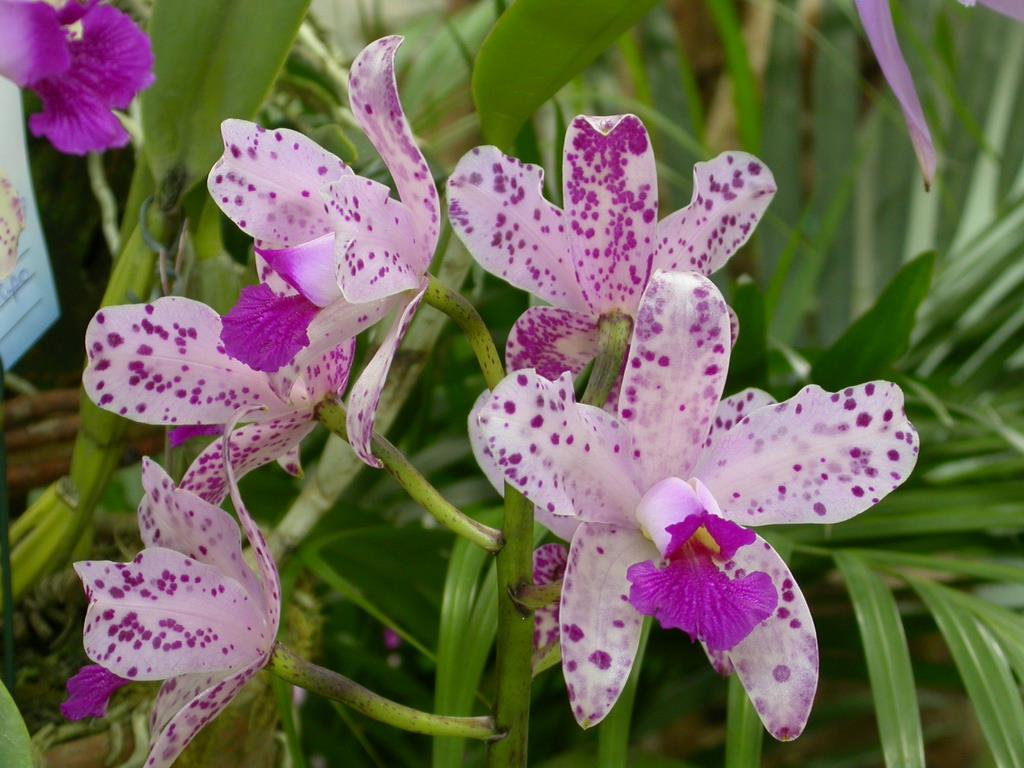

- Cattleya amethystoglossa 'Orchidglade' x self
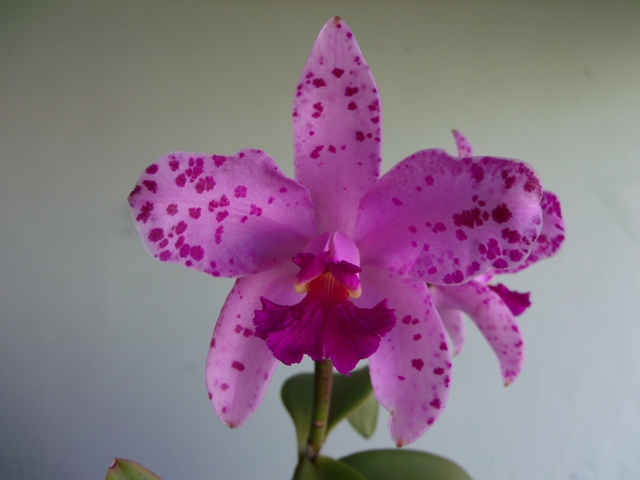
- Cattleya amethystoglossa tipo
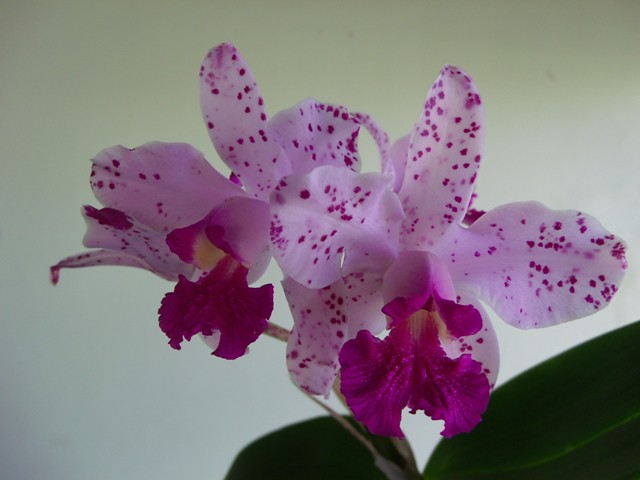
- Cattleya aurantiaca:

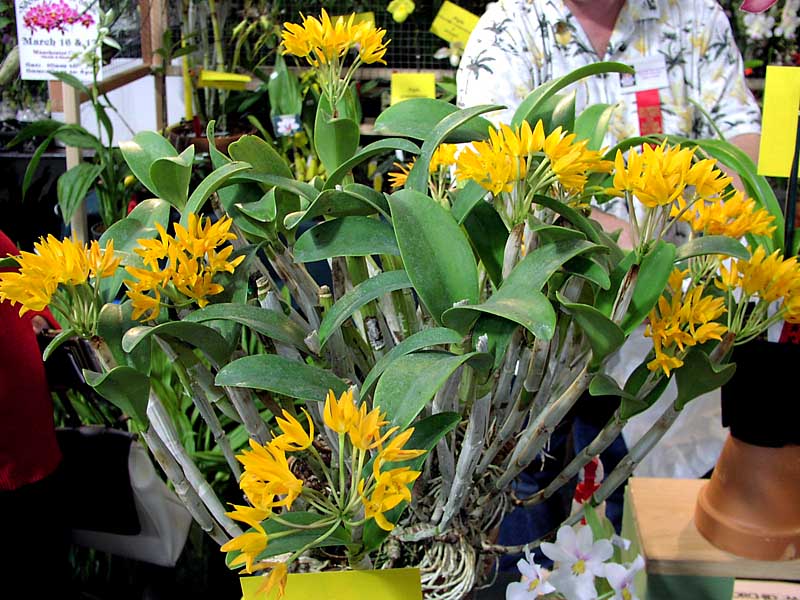
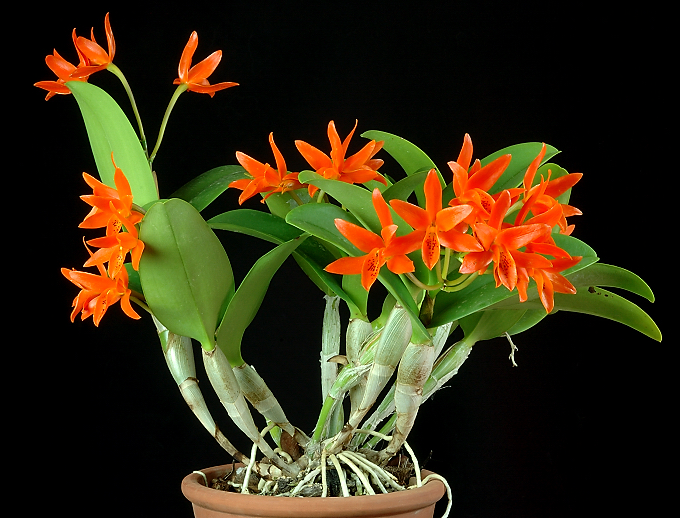
- Cattleya aurea

- Cattleya Beaufort Gold 'Susan Fend
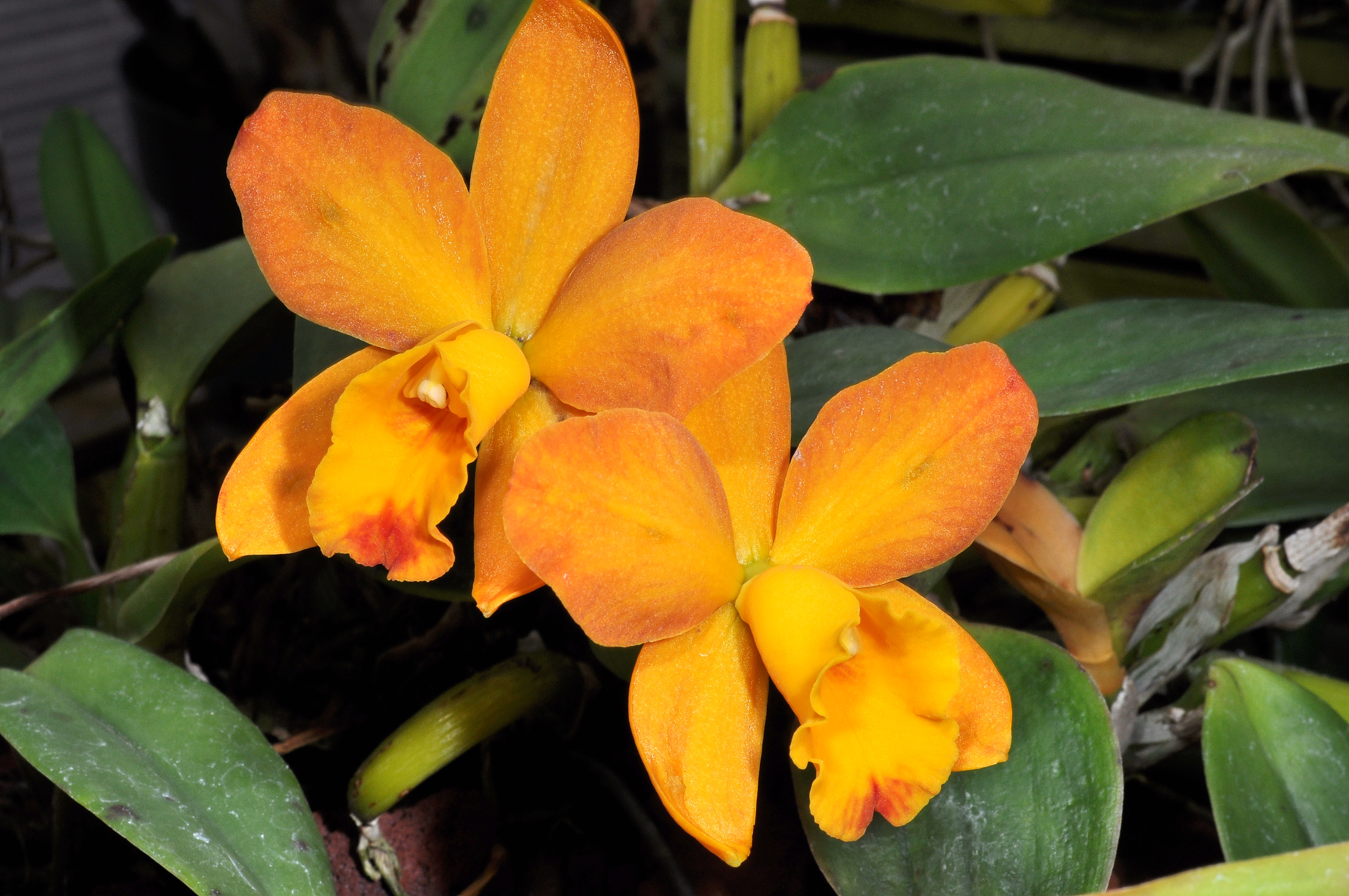
- Cattleya Blc. Greenwich Greenwich

- Cattleya Blc.

- Cattleya Blc.

- Blc . Mem Tiang Pipop

- Blc Waianae Leopard

- Cattleya boringiana

- Cattleya Brabantiae, a cross between C. aclandiae and C. loddigesii


- Cattleya Claudebec Candy

- Cattleya dormaniana

- Cattleya forbesii

- Cattleya gaskelliana color '

- Cattleya granulosa
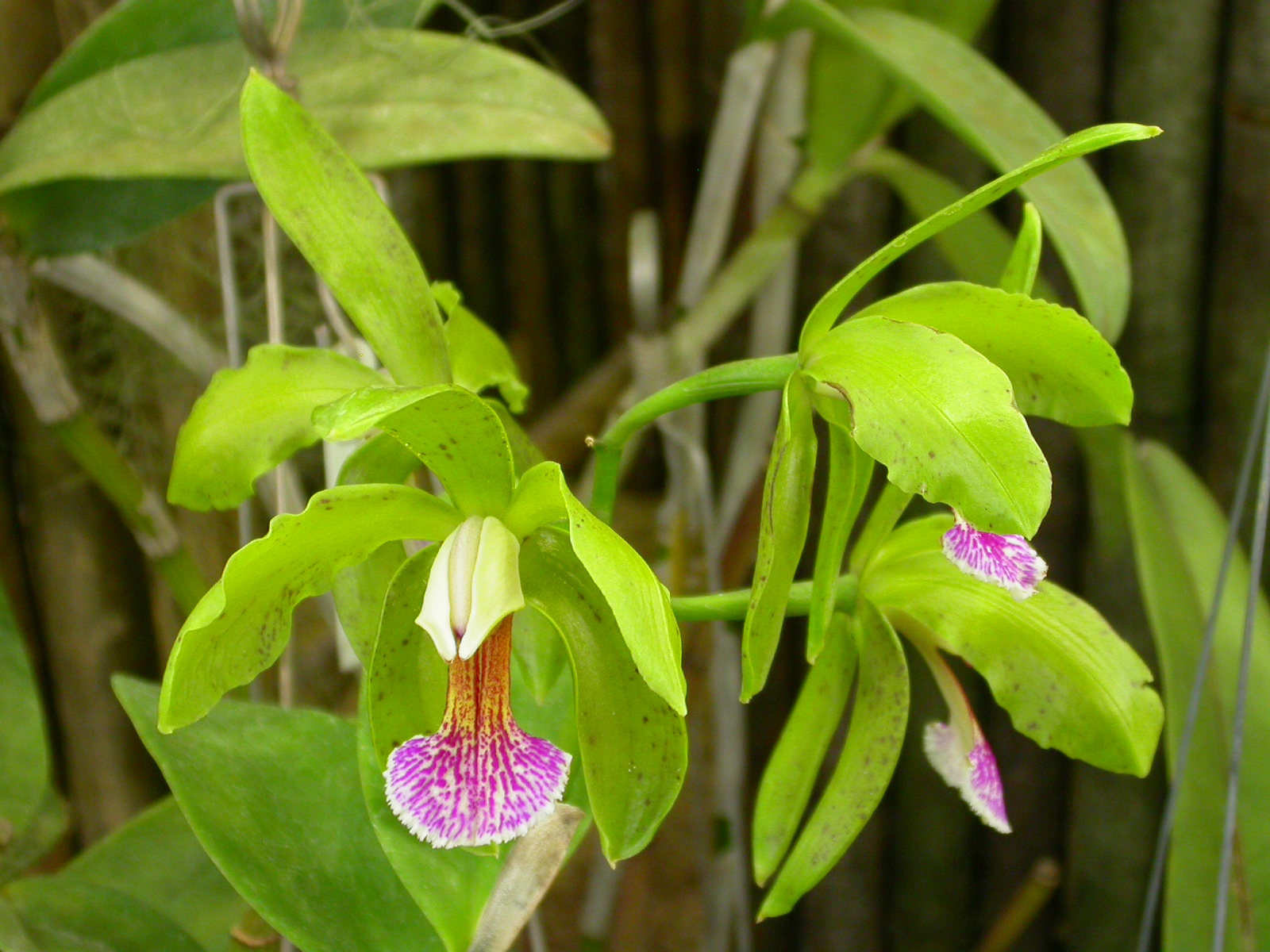
- Cattleya aurantiaca
- cattleya gaskelliana
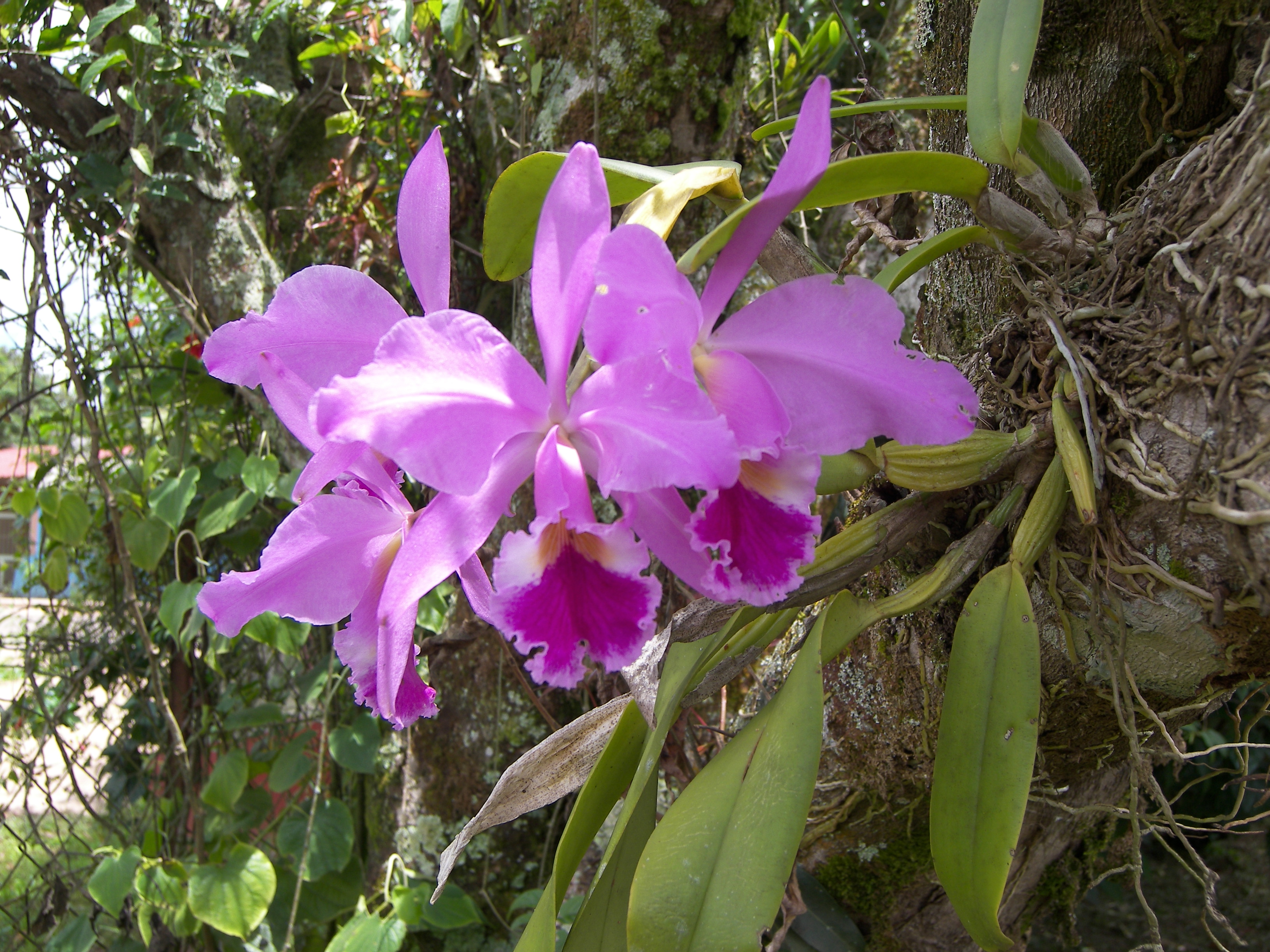
- Cattleya guttata
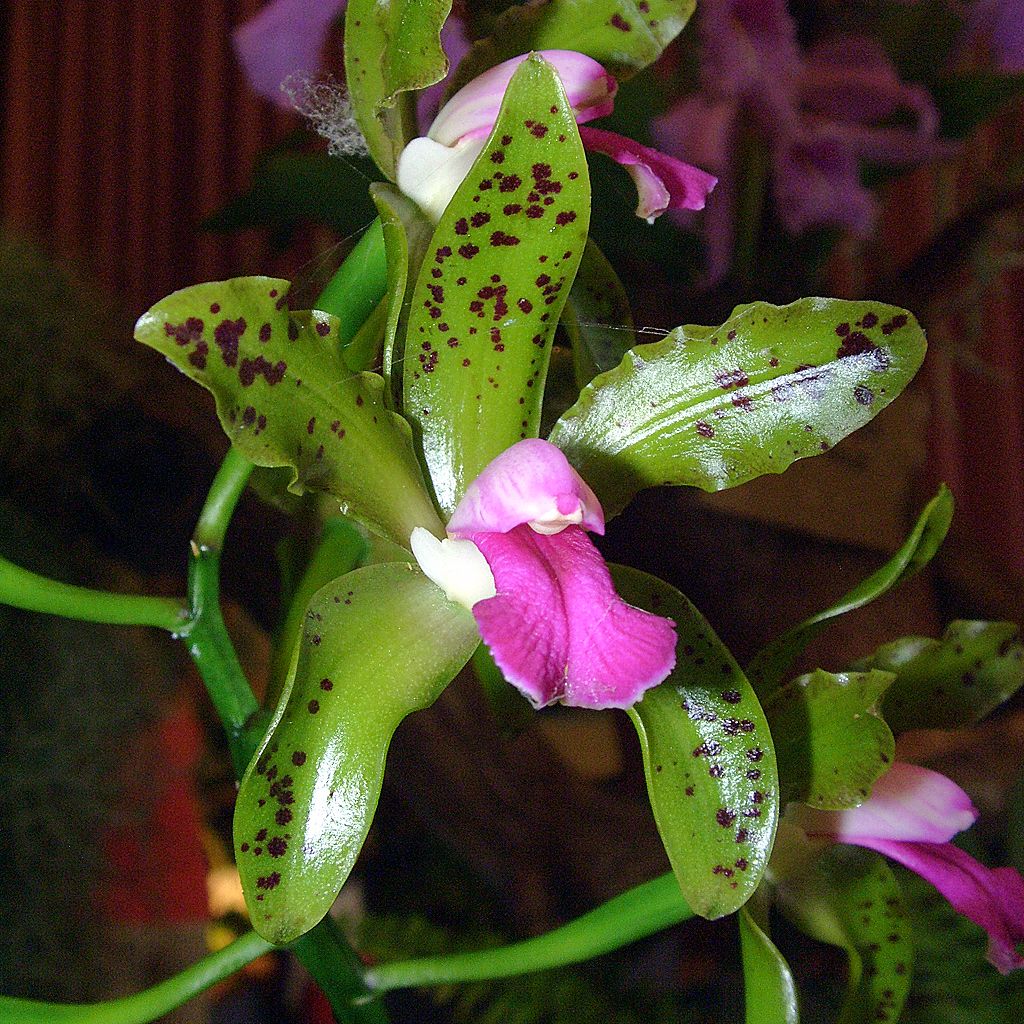
- Cattleya Hardyana Semi-alba 'Kaliya'
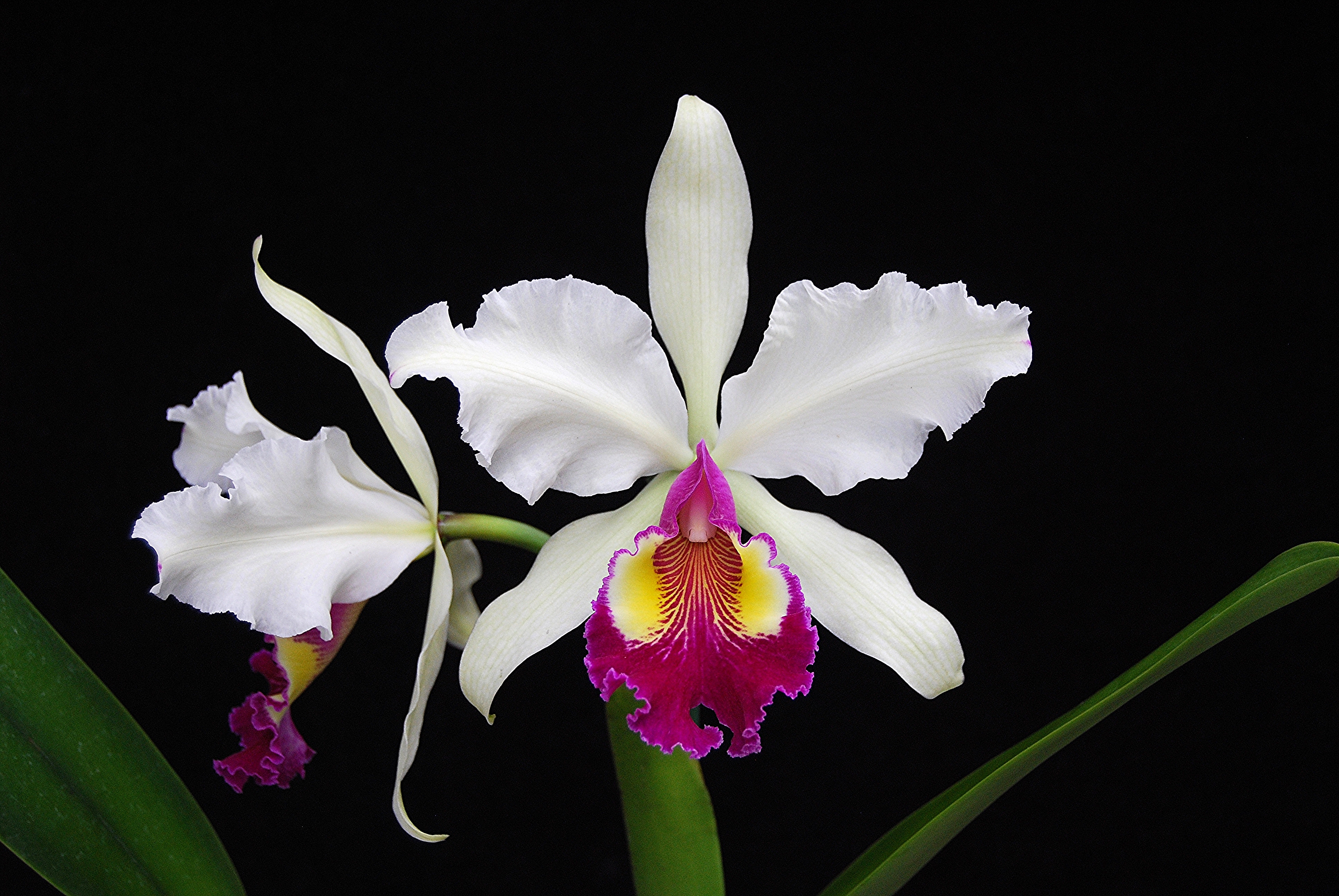
- Cattleya Jenmanii Anato
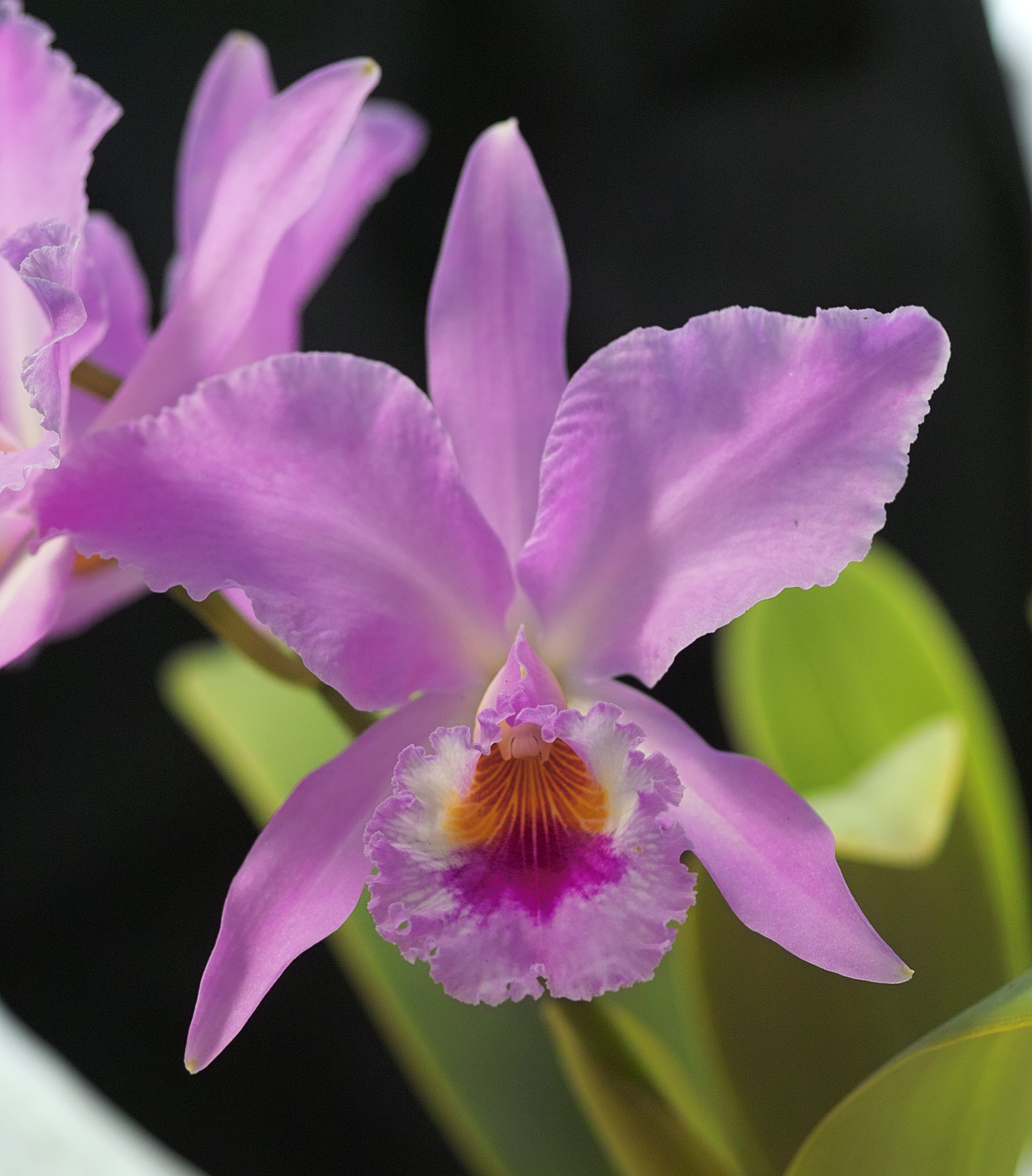
- Cattleya intermedia orlata
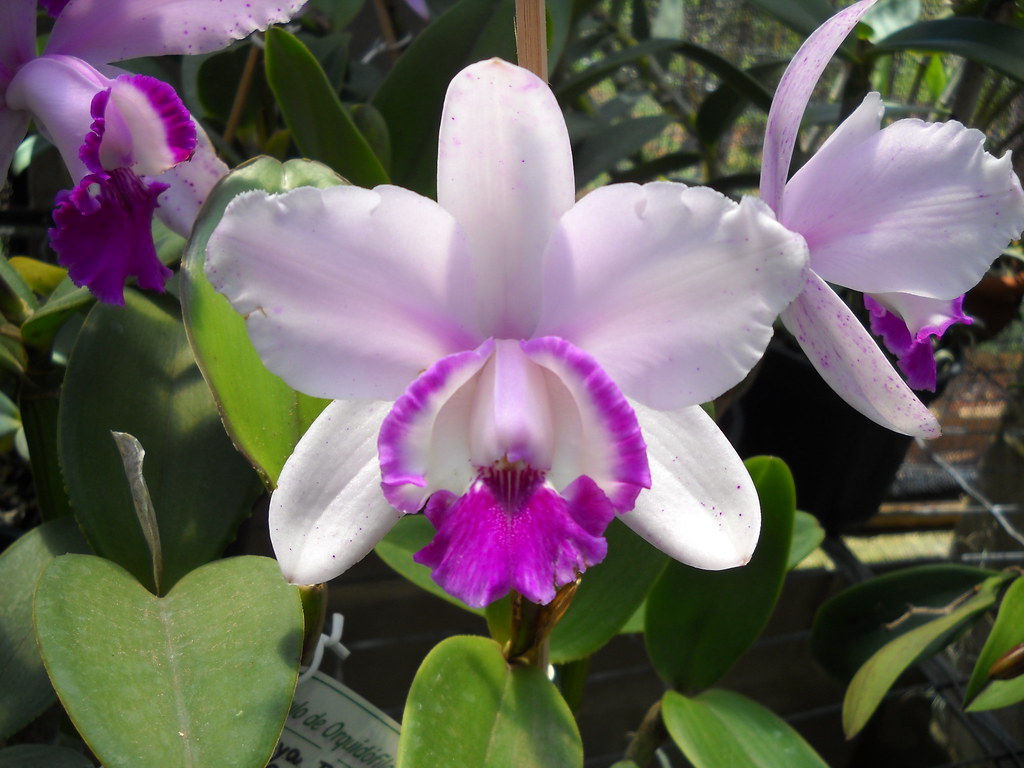
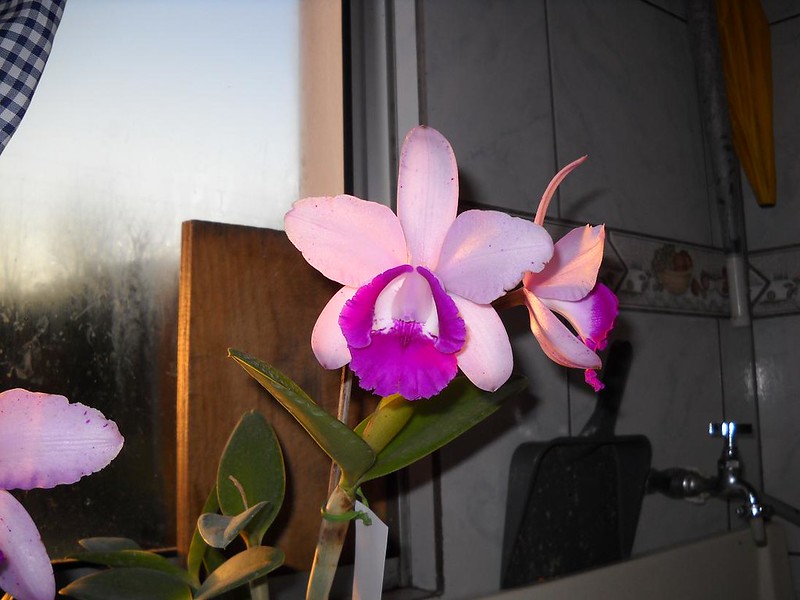
- Cattleya Intermedia Orlata e Marginata
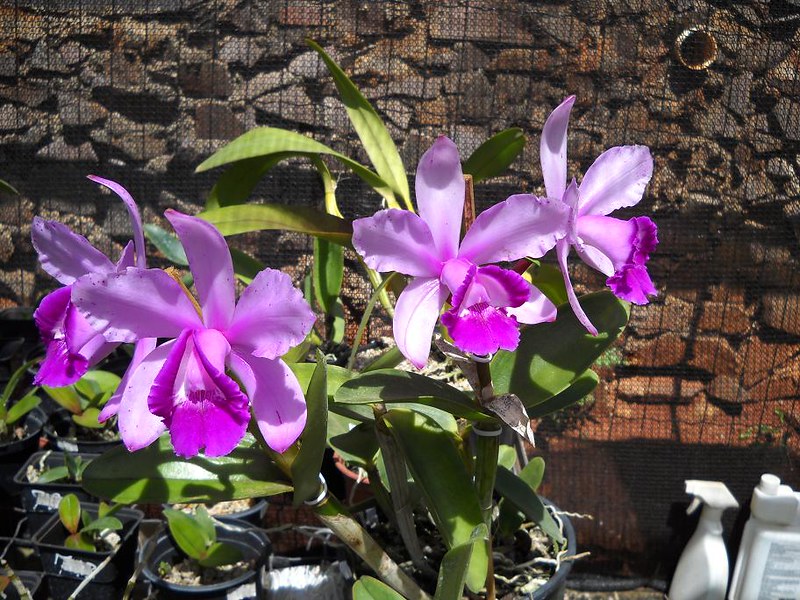
- Cattleya kerrii
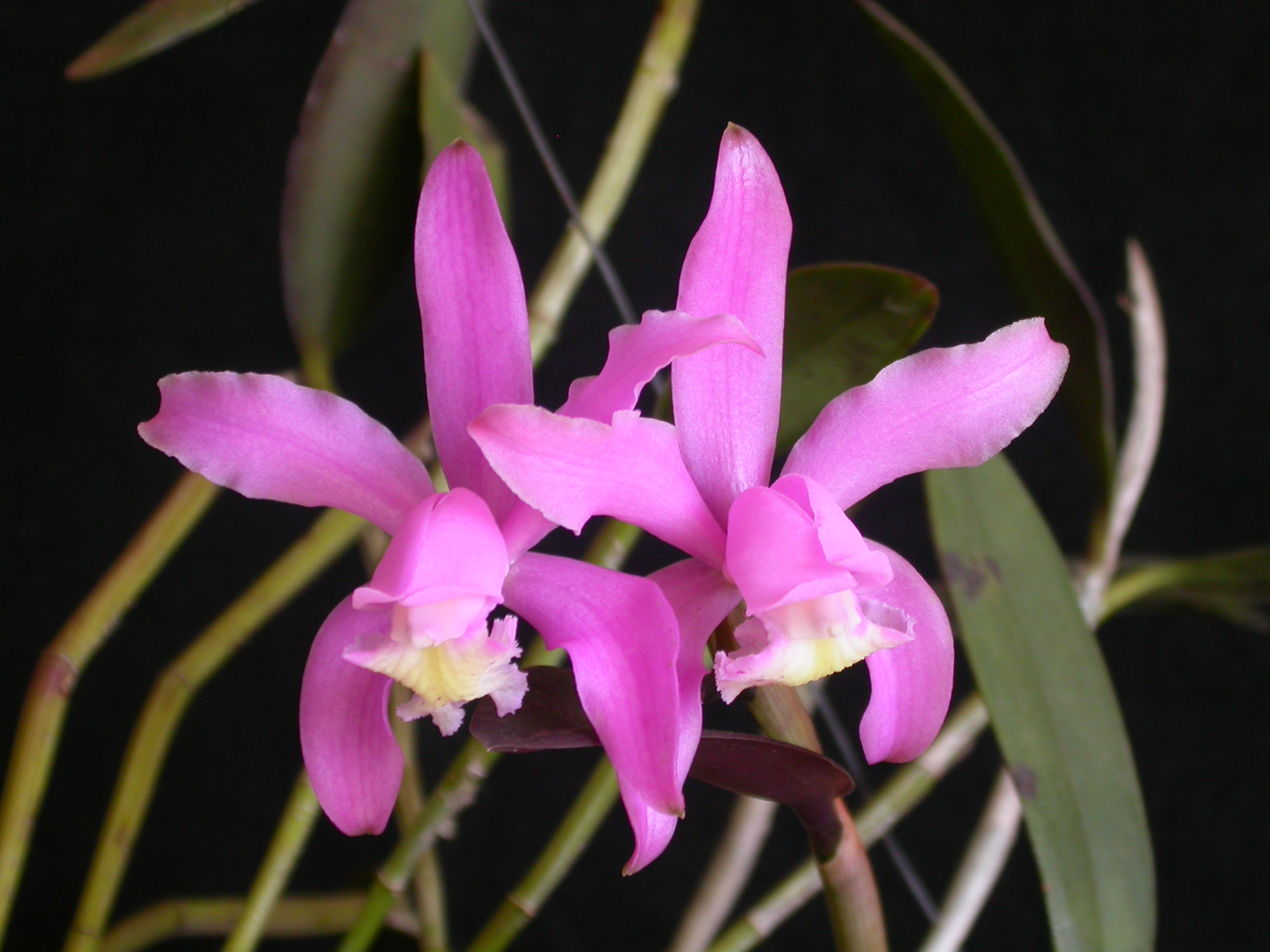
- Cattleya labiata

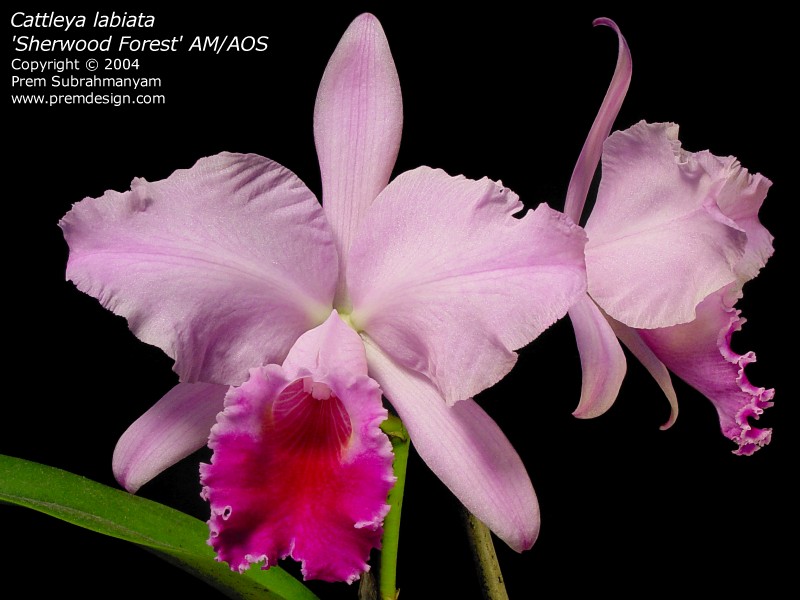
- Cattleya labiata semi-
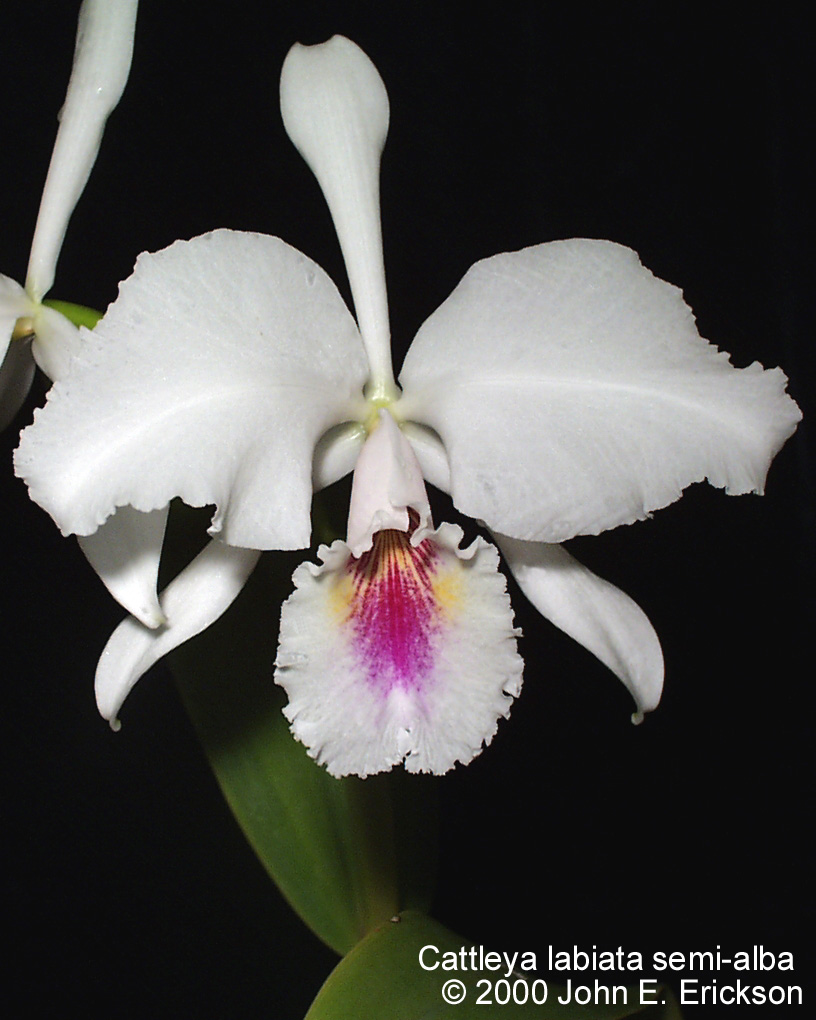
- Cattleya Landate
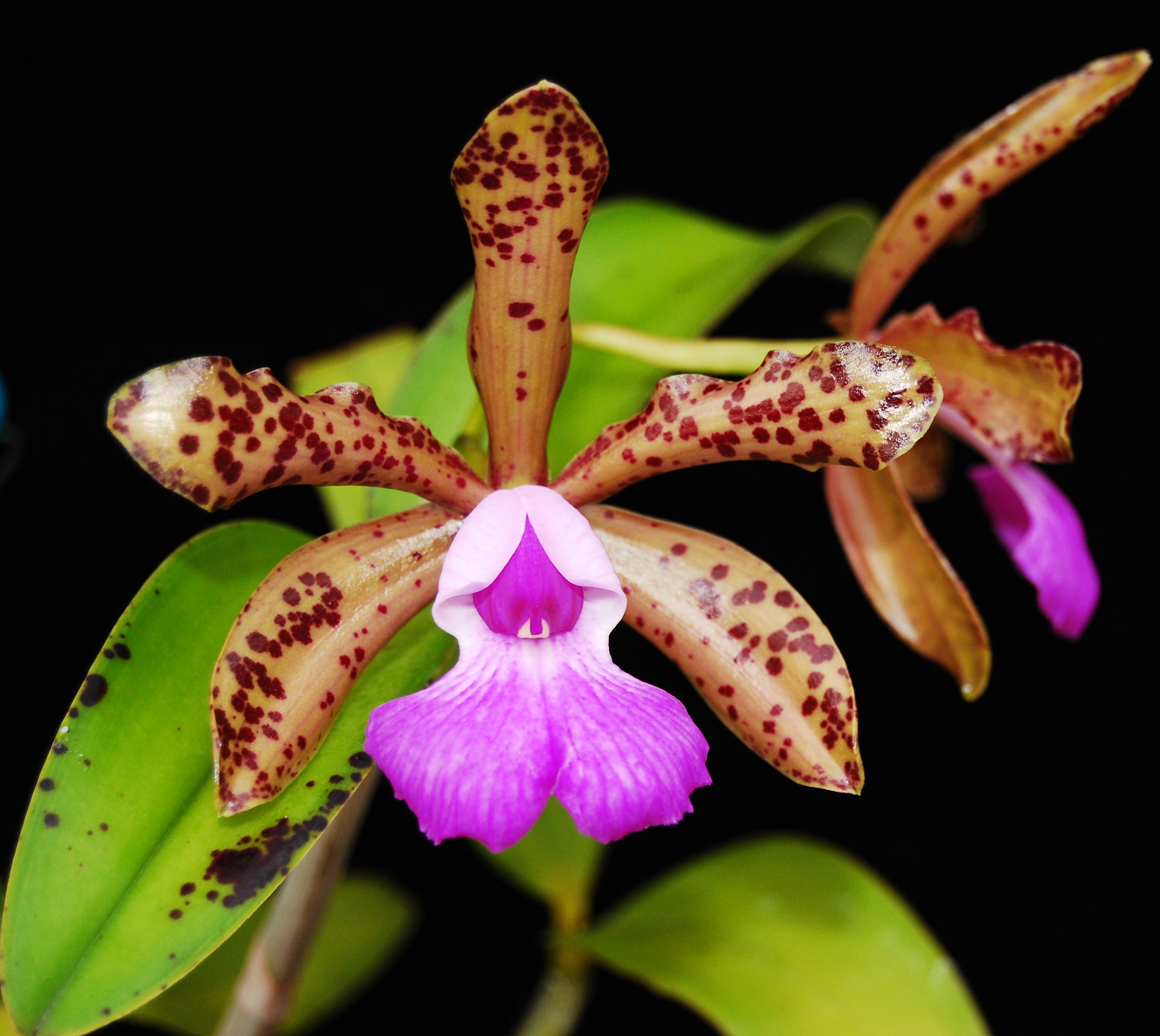
- C.Lawrenceana flâmea "Sedução"

- Cattleya Leopoldii Pelorica
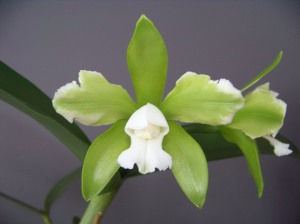
- Cattleya Leopoldii Pelorica Alba

- Cattelya Leopoldii Pelorica Suave
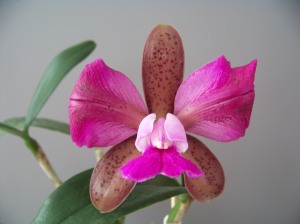
- Cattleya leopoldii

- Cattleya Leopoldii 'CG 420'
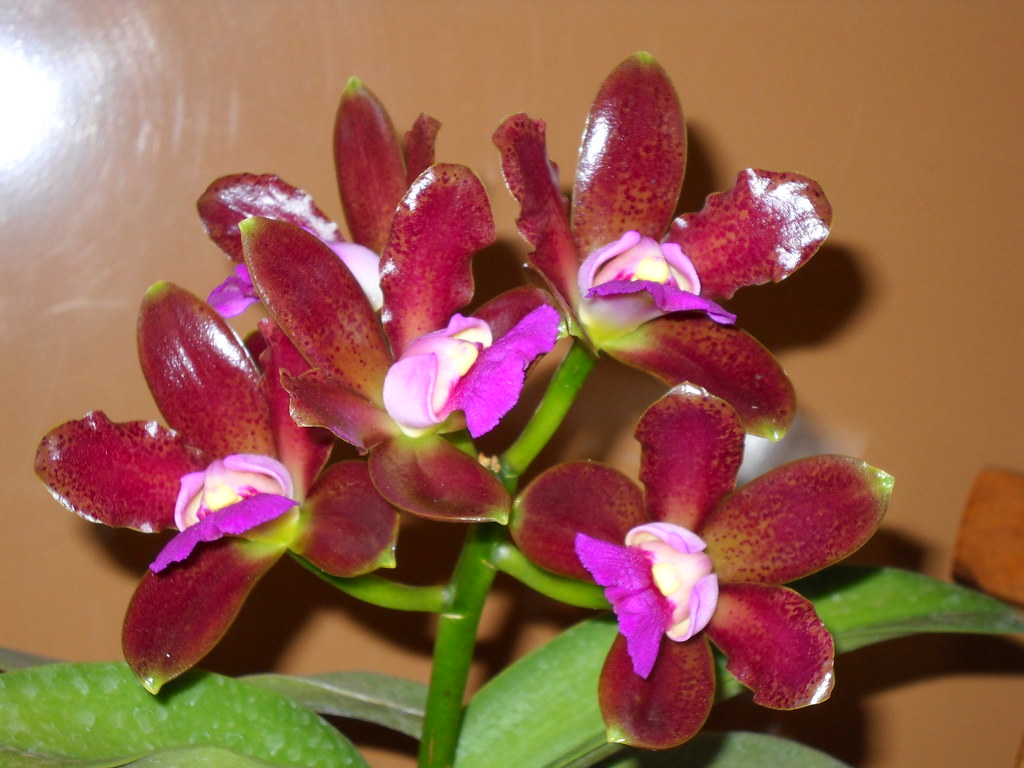
- Cattleya leopoldii x Cattleya forbesii

- cat leopoldi seme alba : compra
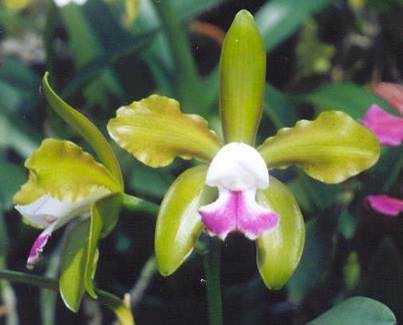
- Cattleya loddigesii 'Madri'
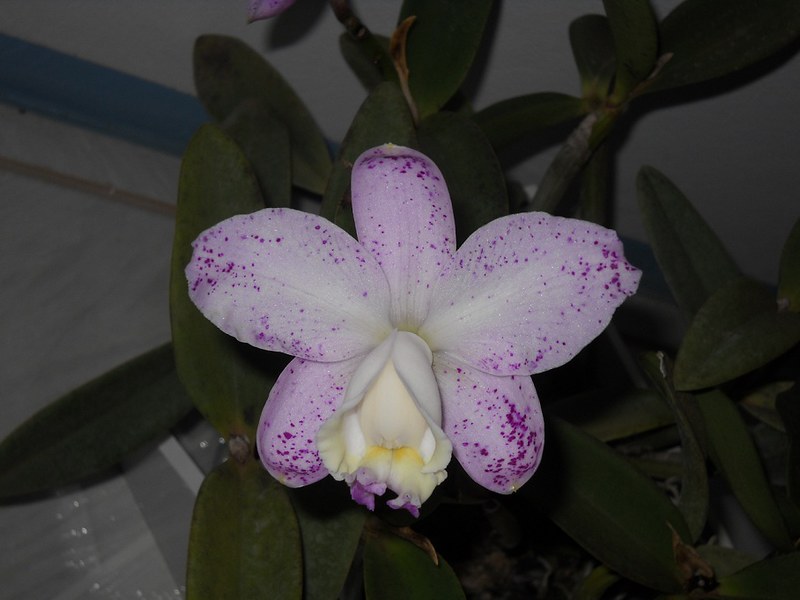
- C. Loddigesii tipo punctata "Fernando Terra"

- C. Loddigesii tipo "Baluarte"

- Cattleya Lueddemanniana
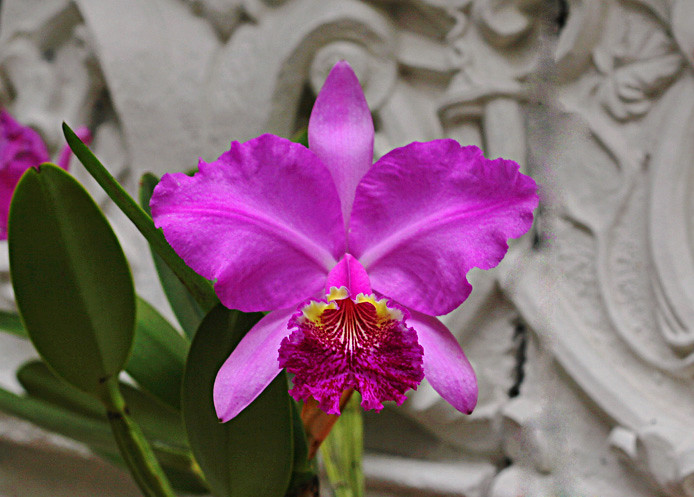
- Cattleya Lueddemanniana Mariauxi
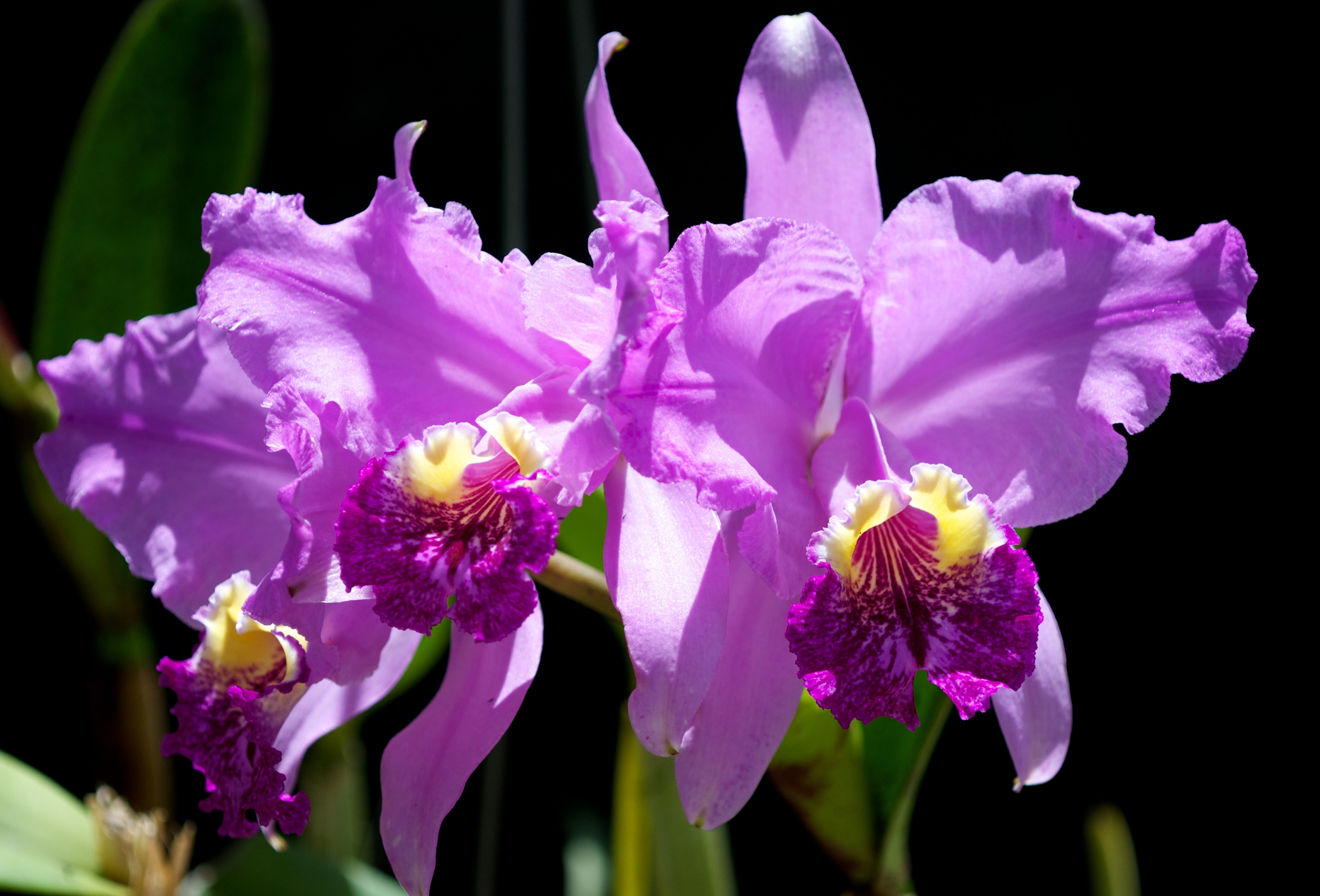
- Cattleya Lueddemanniana Pto. Cruz
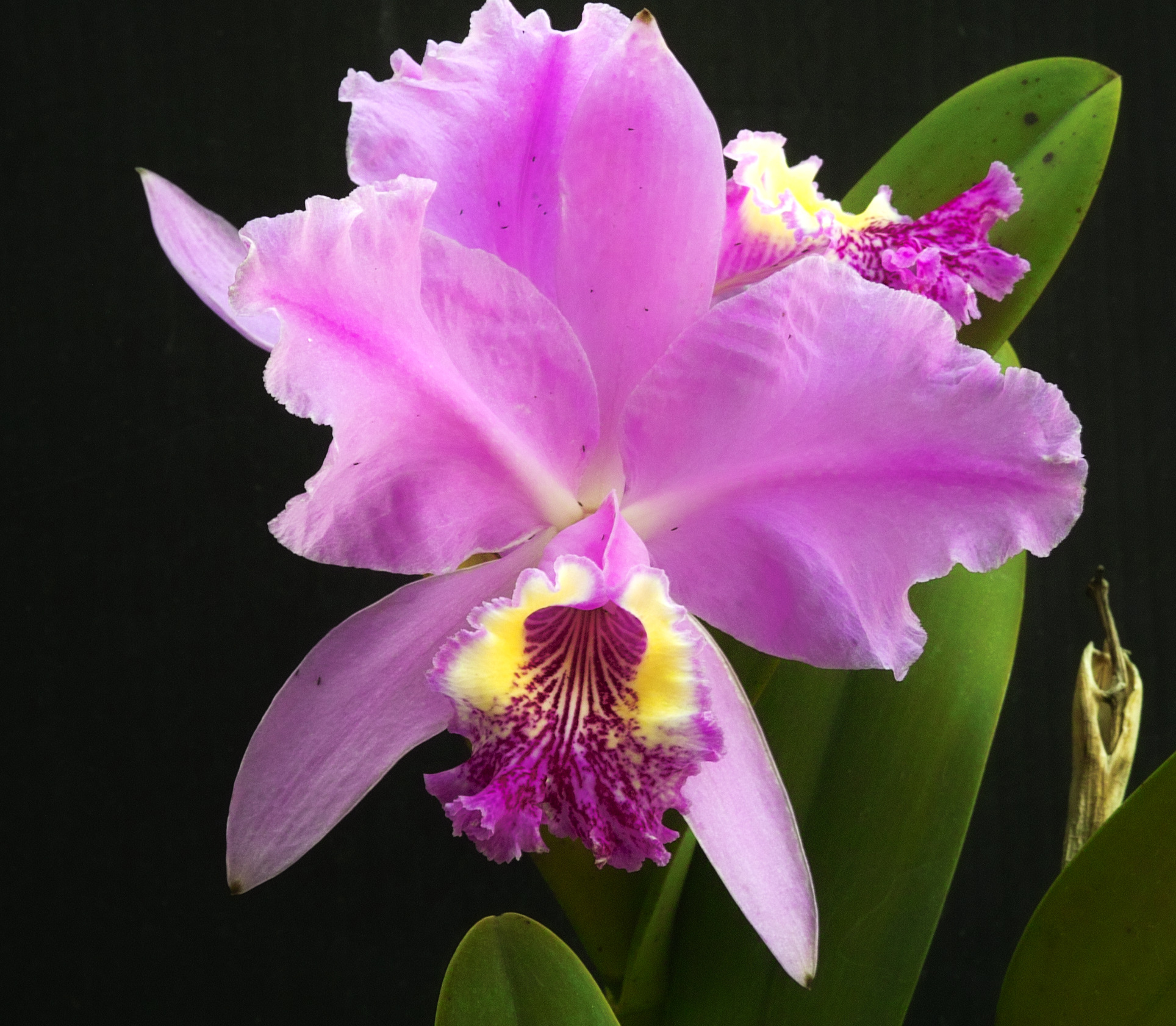
- Cattleya lueddemanniana "tipo"
- Cattleya lueddemanniana semi-alba

- CATTLEYA LUTEOLA

- Cattleya maxima
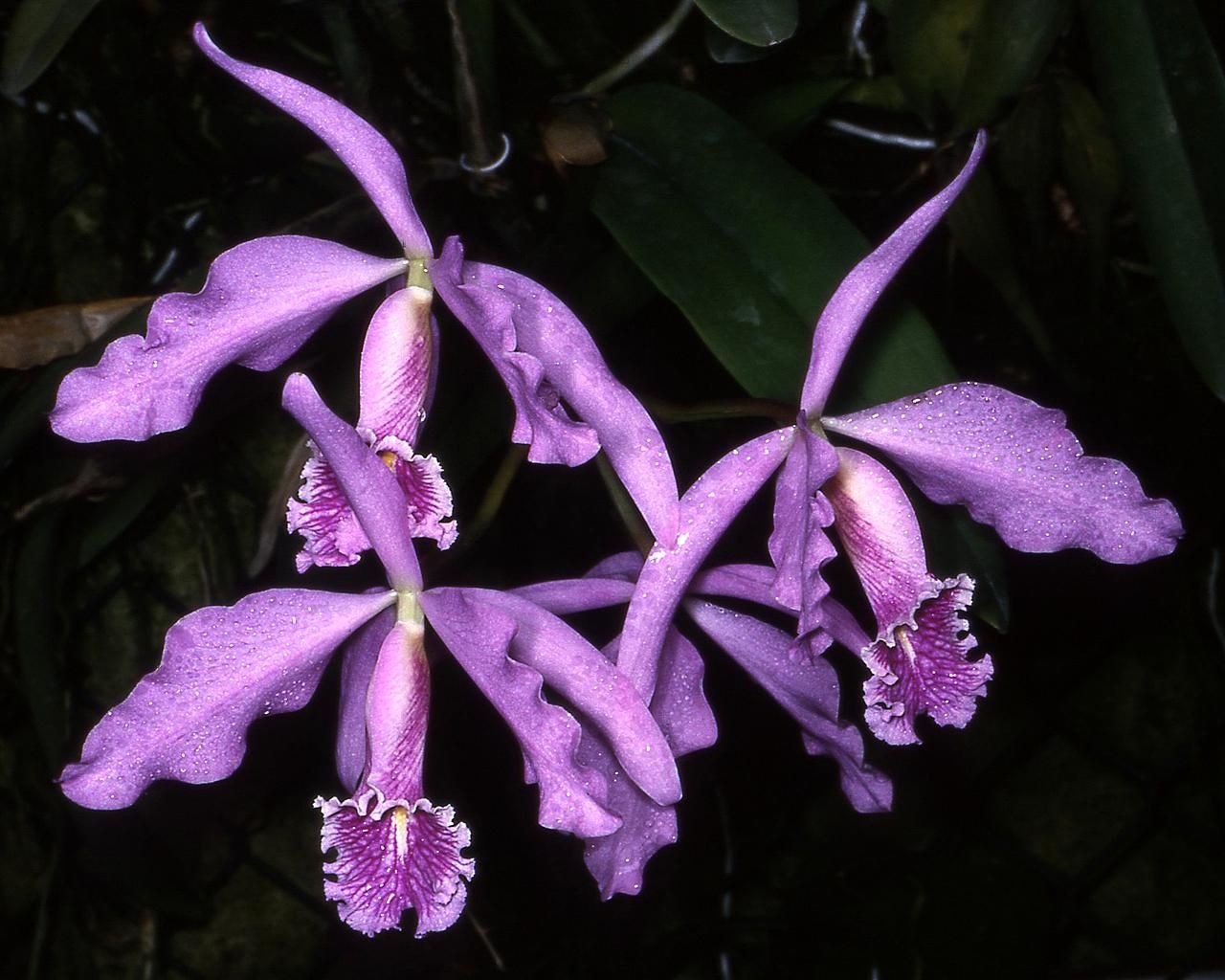
- Cattleya percivaliana 'El Diablo'

- Cattleya schilleriana

- cat: schiffeldiana coerulha lisa
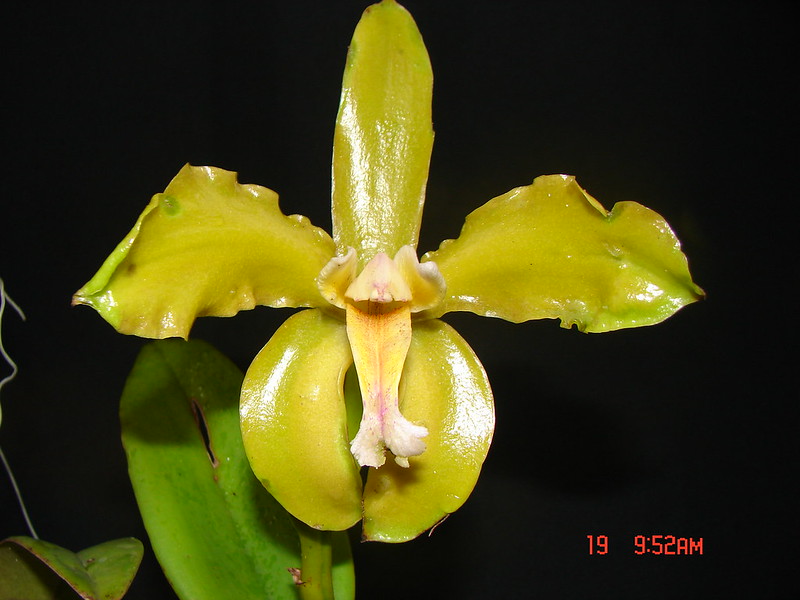
- CATTLEYA SCHILLERIANA IMPERIALIS VAR. "SEMI-ALBA"
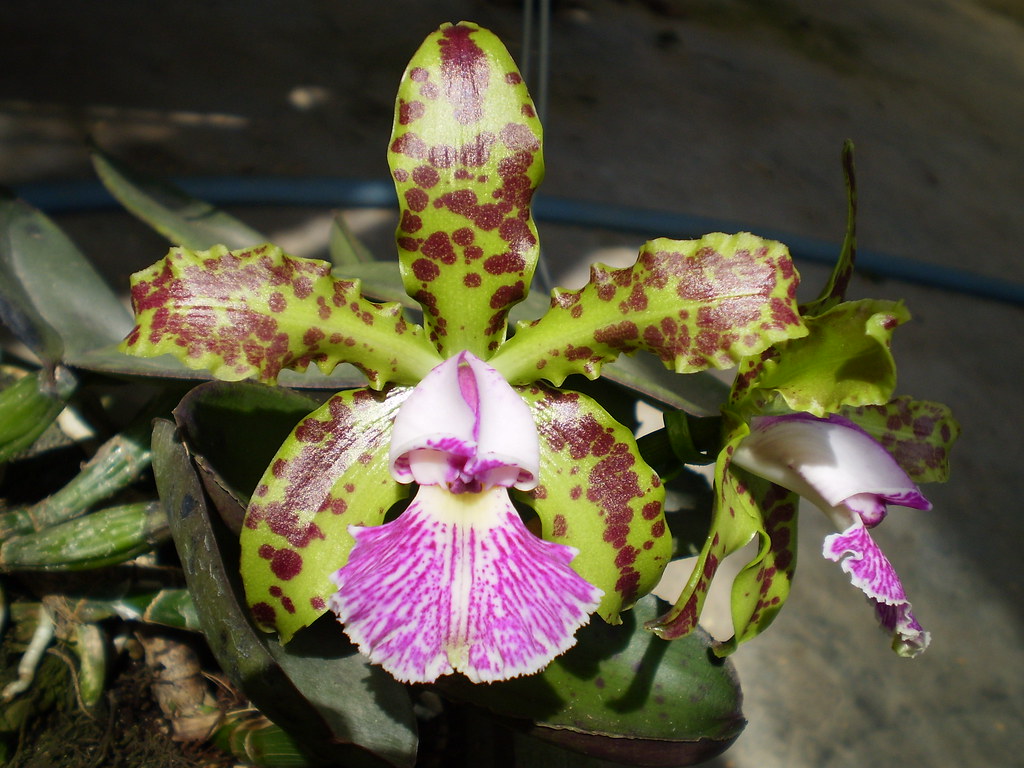
- Cattleya schroederae Rchb.f. (1887)

- Cattleya Skinneri

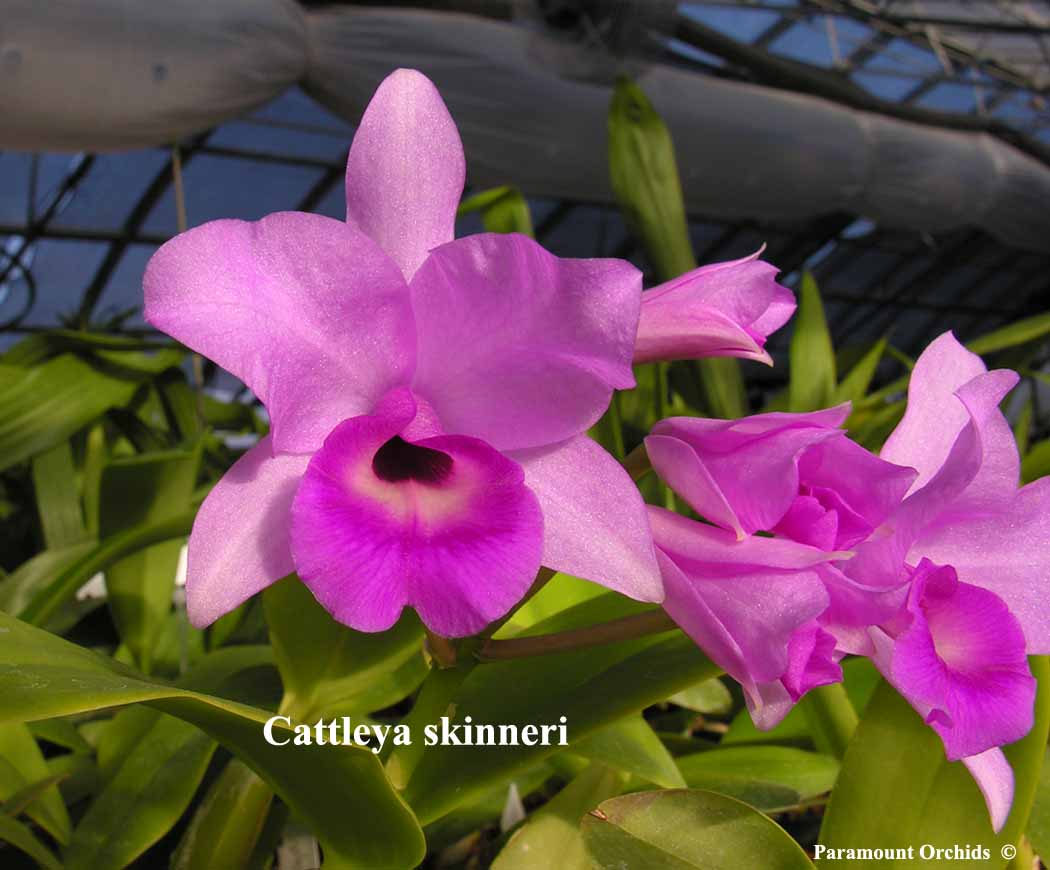
- Cattleya spp.( Green Cattleya)


- Cattleya tigrina

- Cattleya valentine x valkeriana

- C.Velutina "Cara Branca x C.Schileriana Imperialis
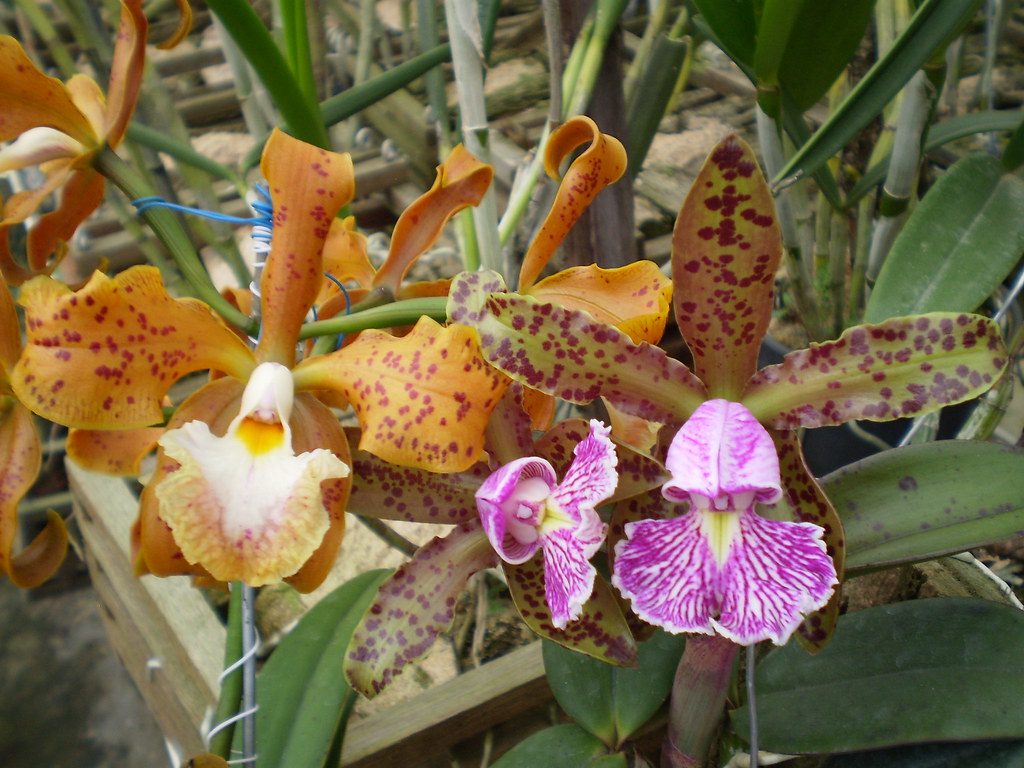
- Cattleya warneri var. pseudo-concolor 'Jandira'

- Cattleya warscewiczii
- Cattleya White Spark

- 1

- dd

- ff

- jhh
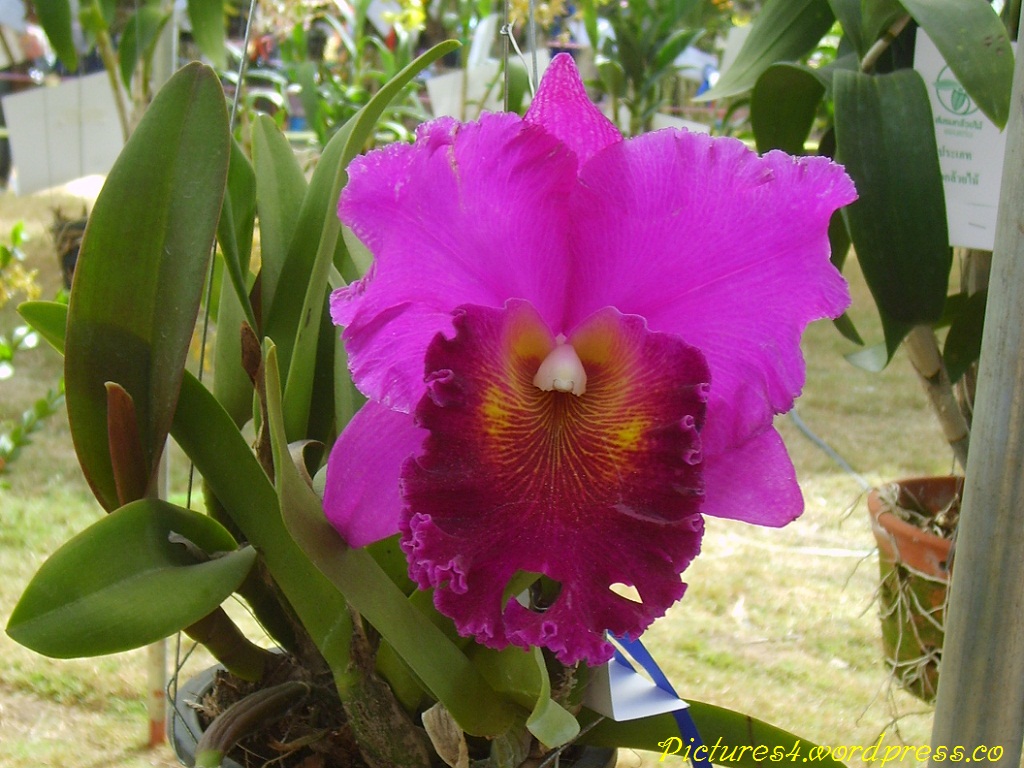
- Cattleya dowiana aureag
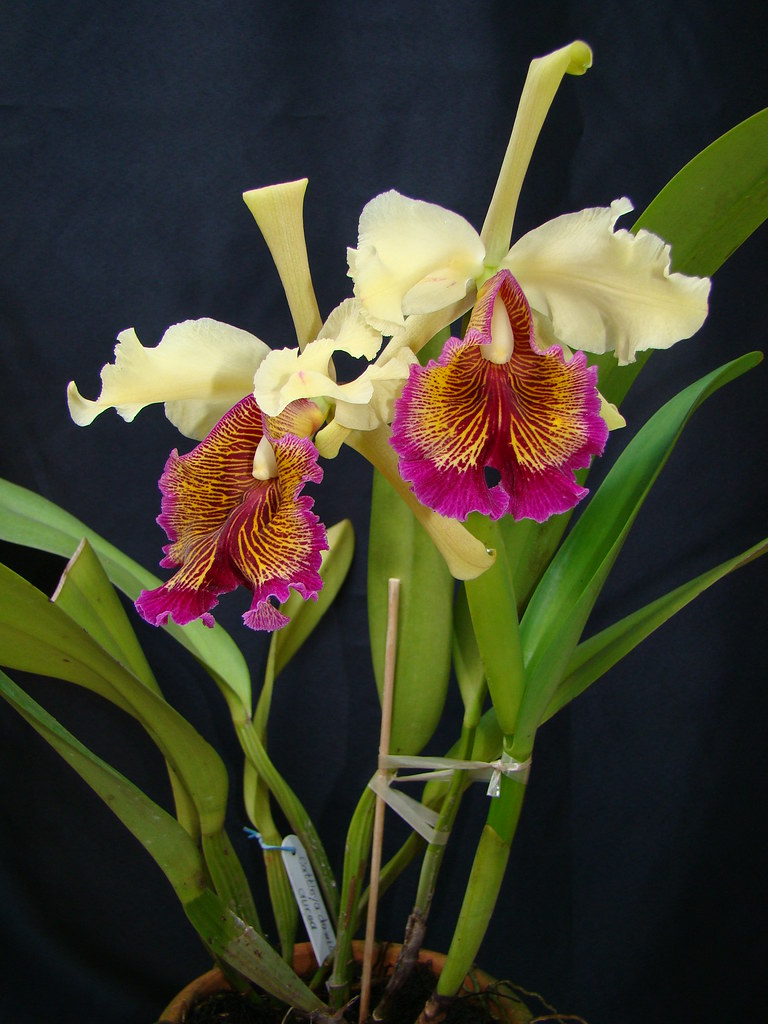
- gg
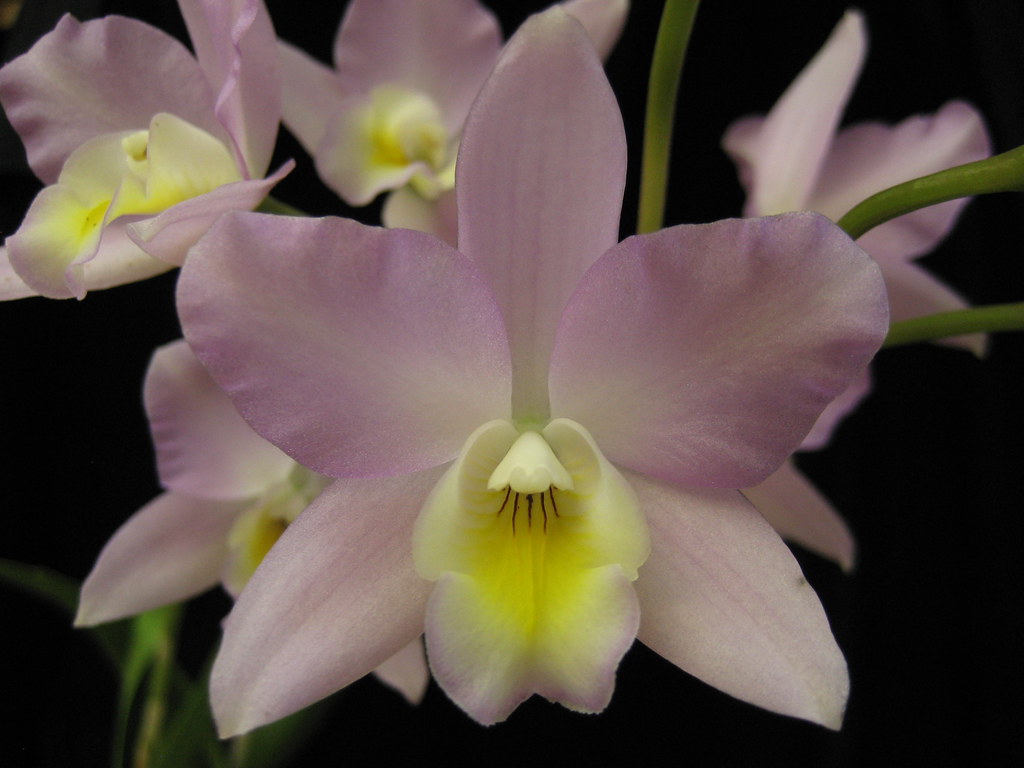
- jn
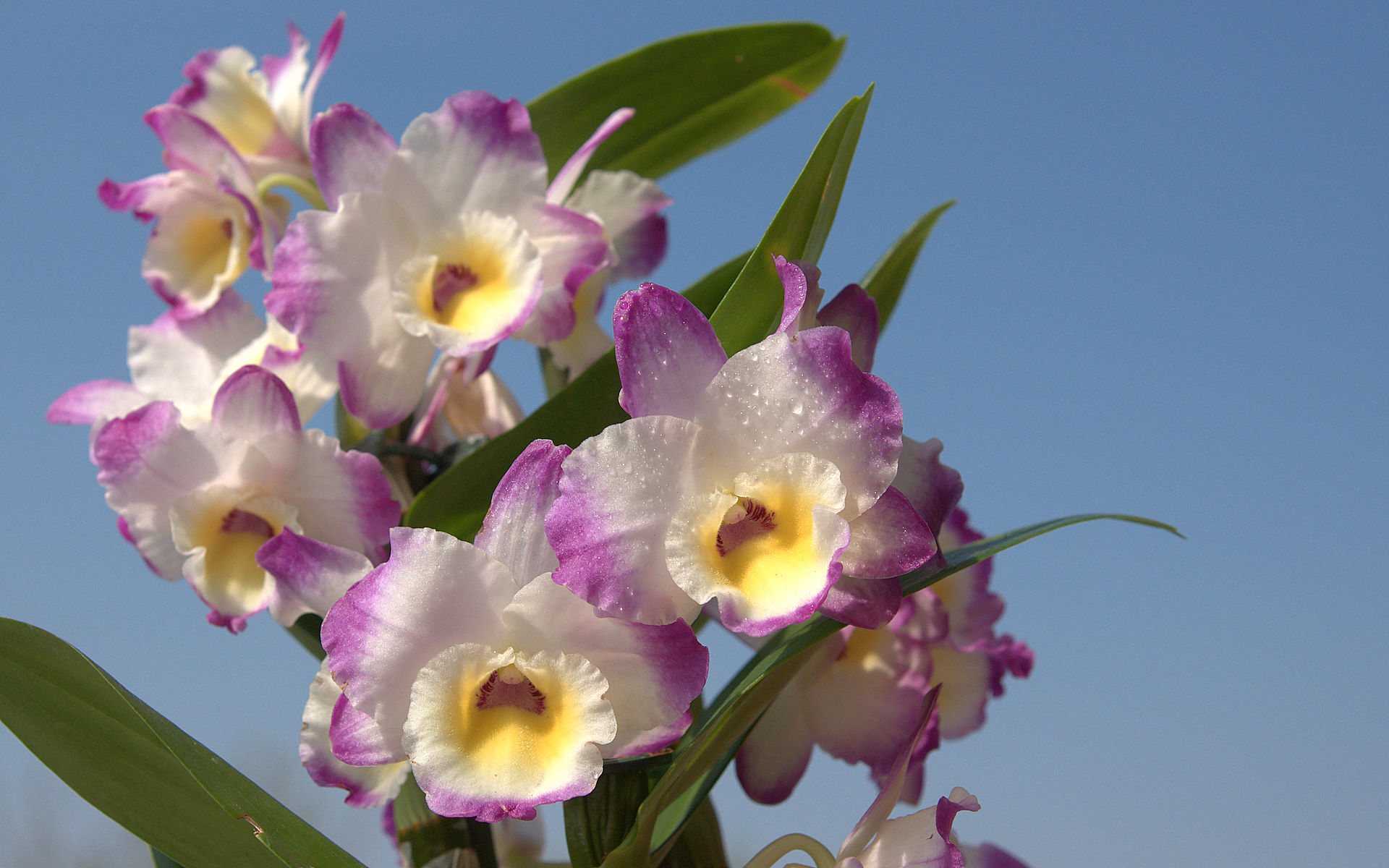
- nnb

- nnb
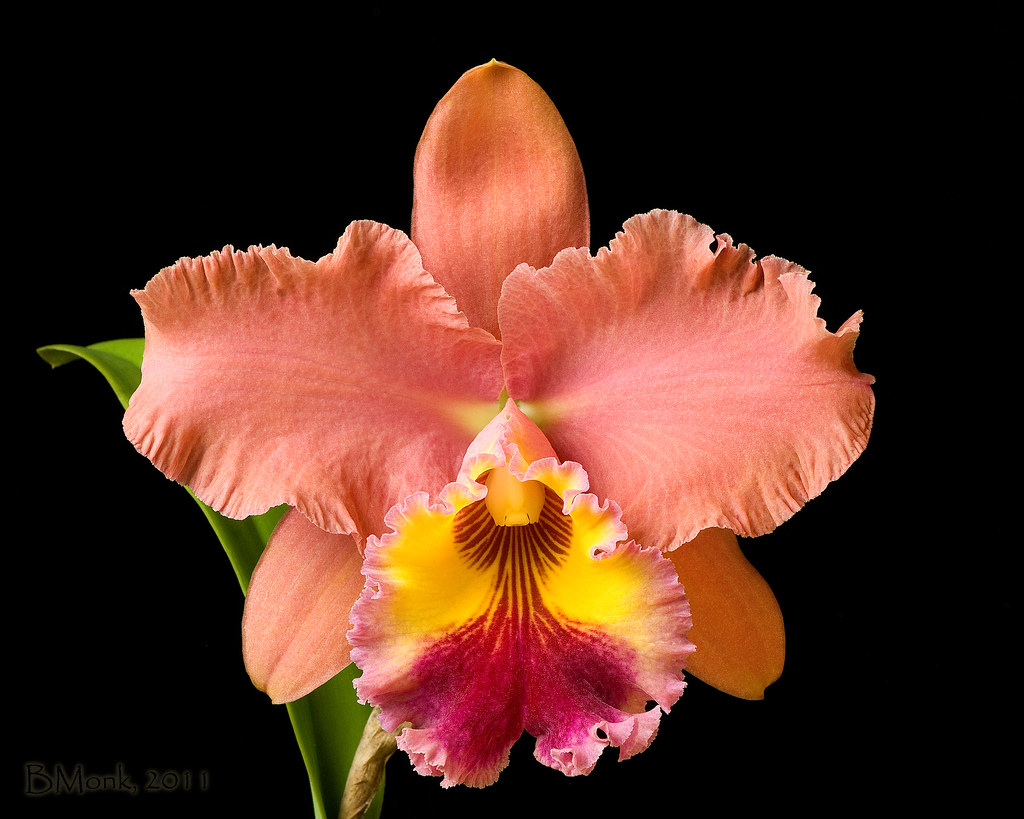
- jn

- mm
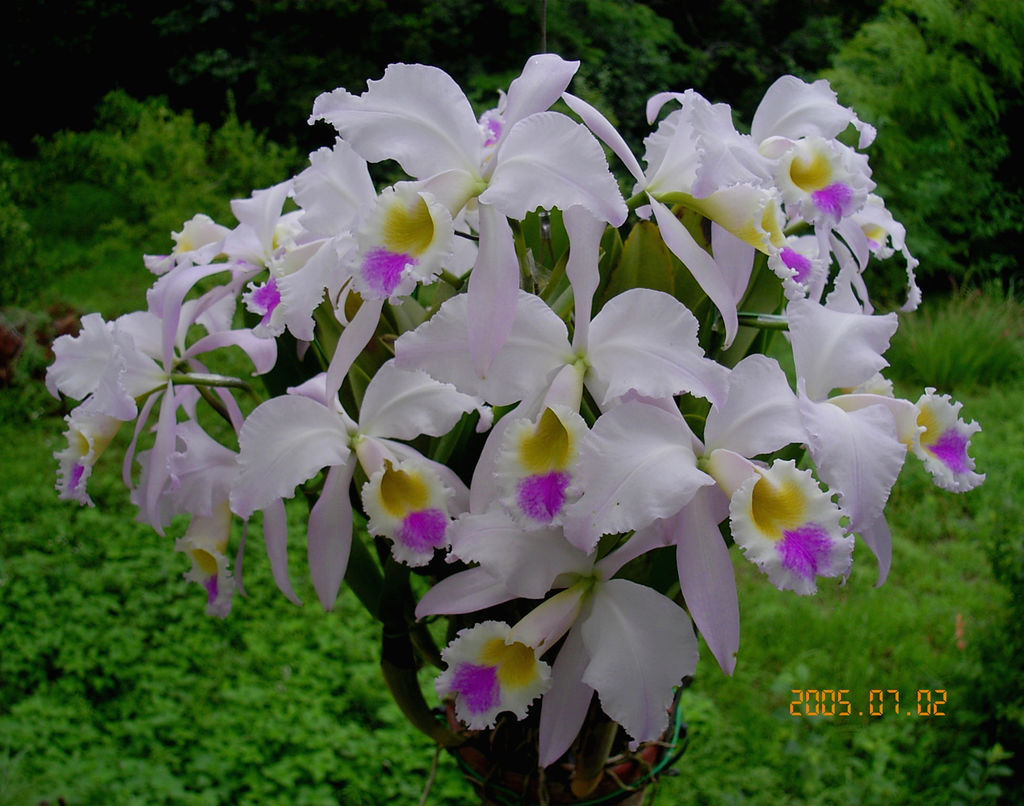
- hnh
- kmk

- fg

- hhj

- hnhn
- bbhg
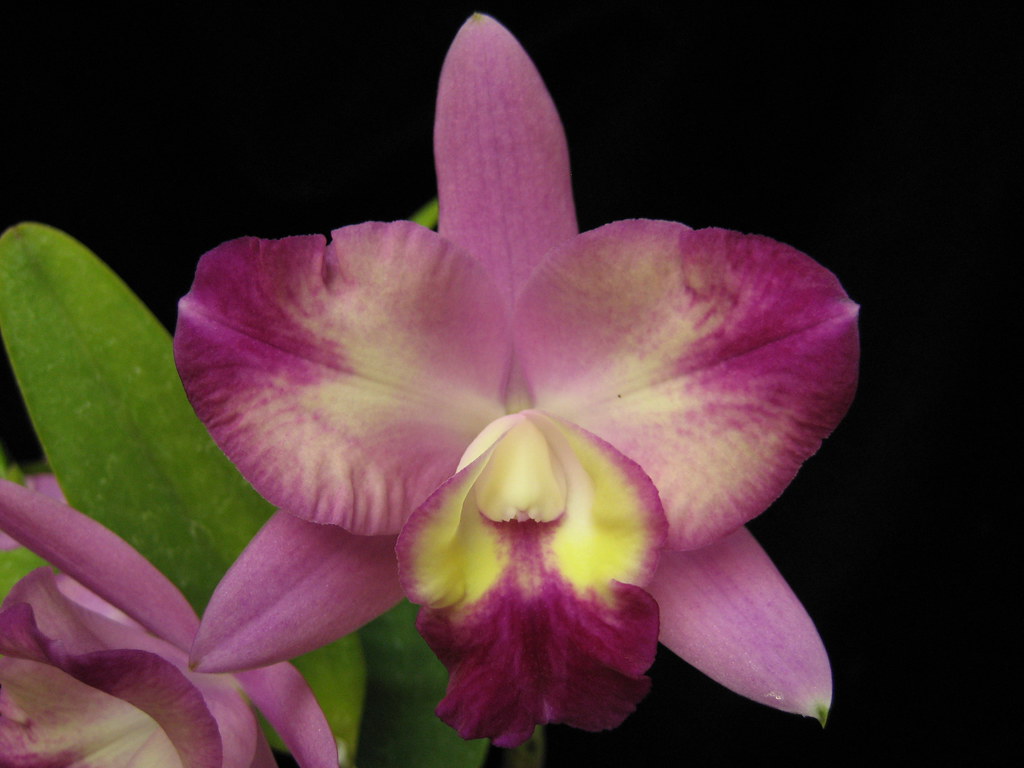
- nhnj

- hjh
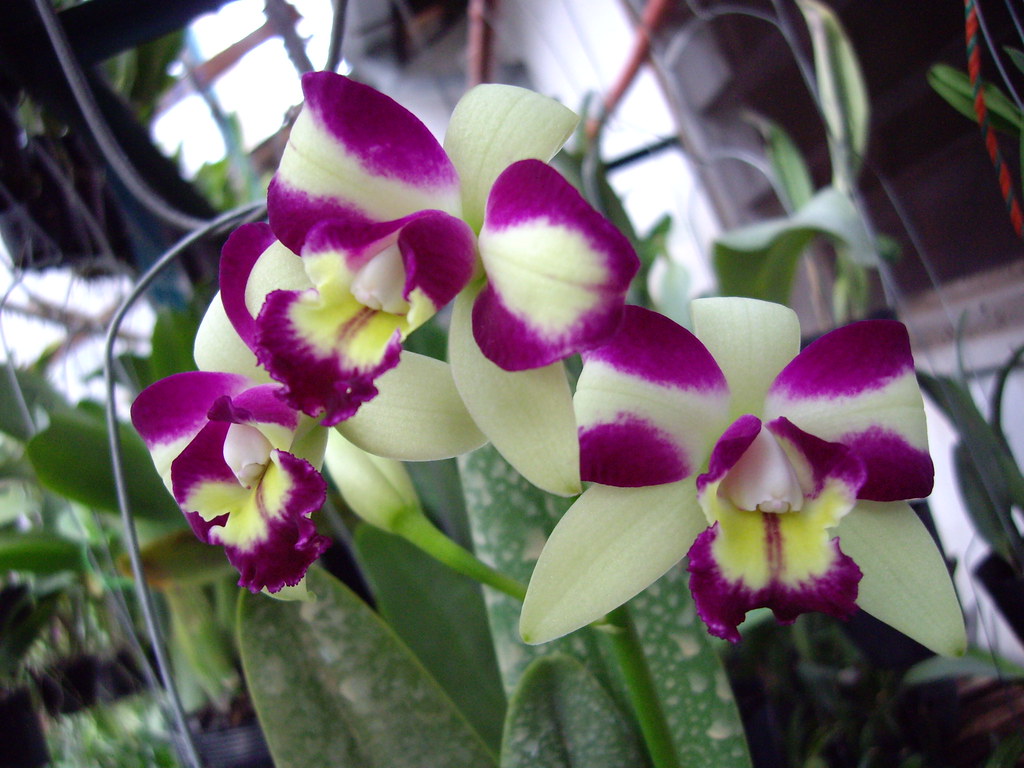
- hh
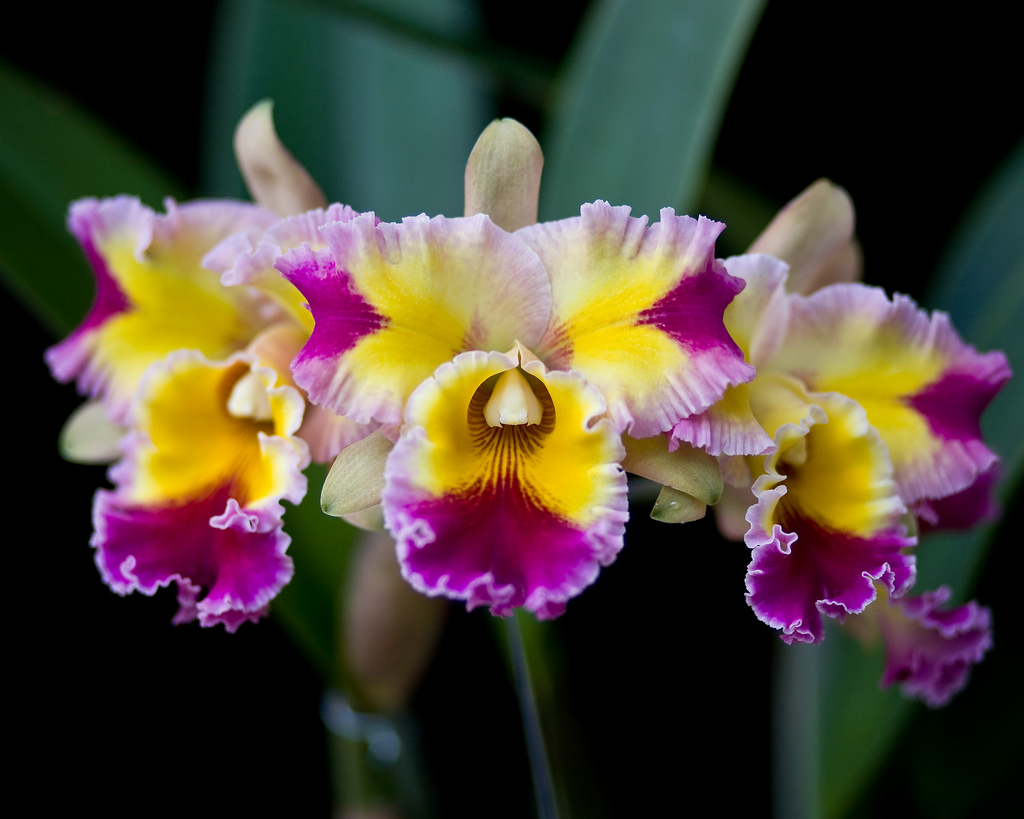
- hhn

- iki
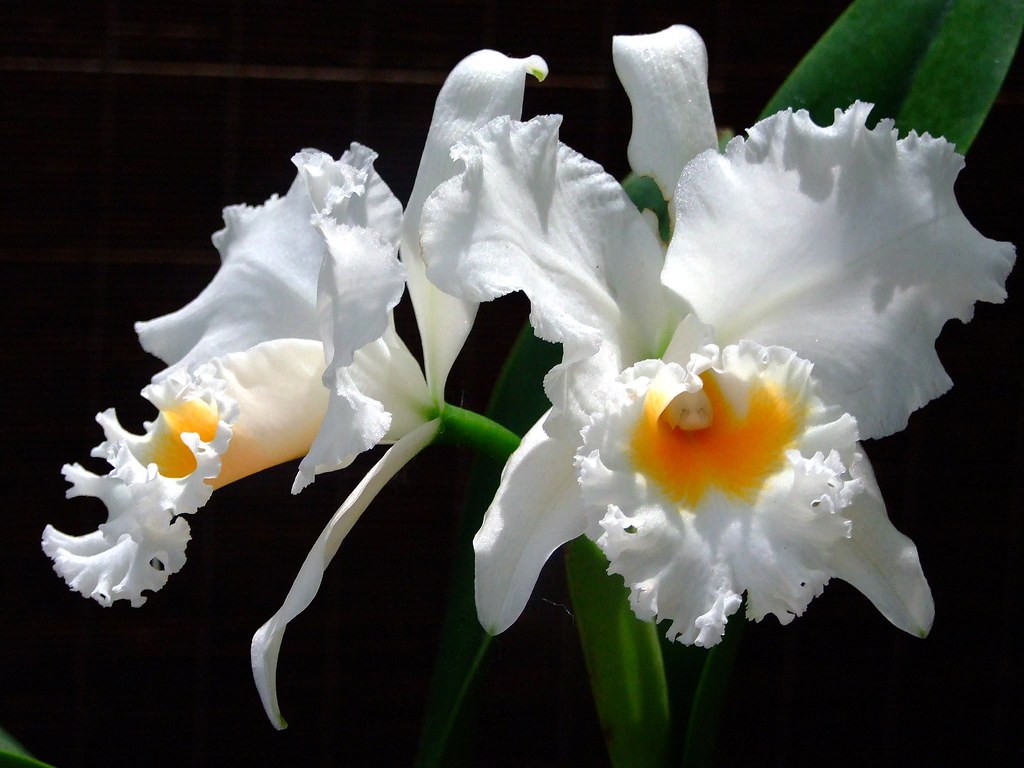
- uj
- jj
- hh
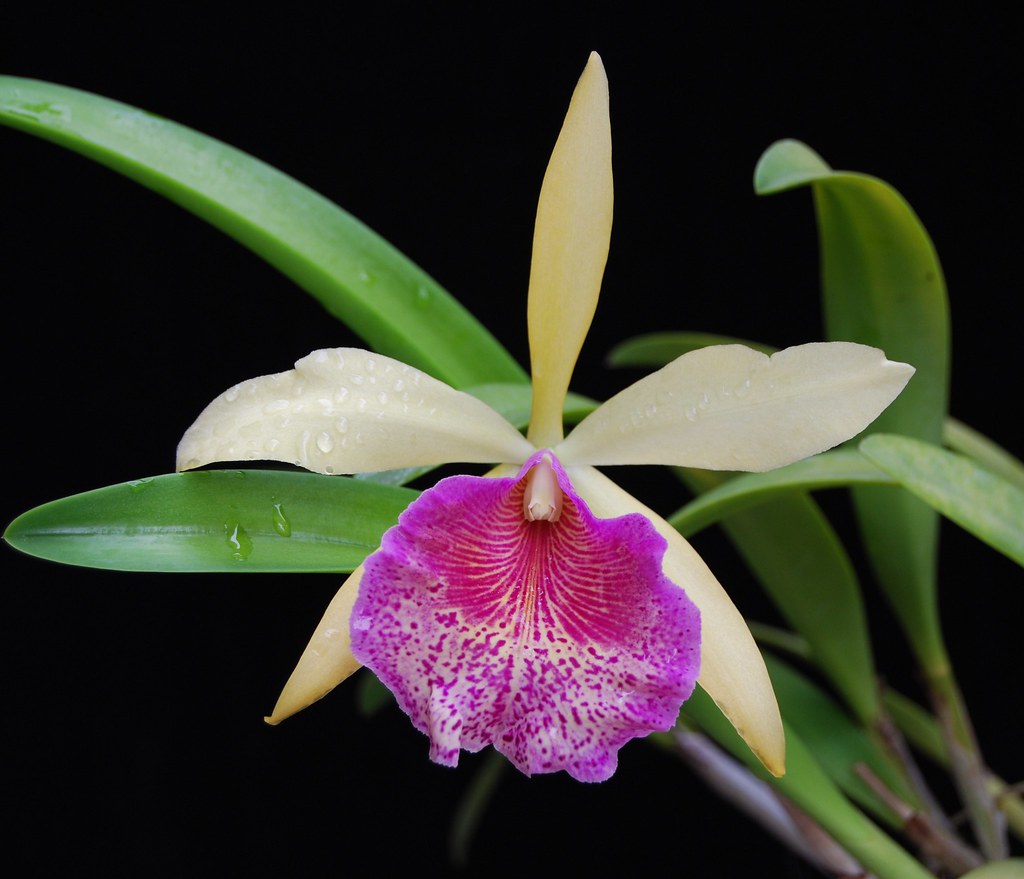
- jj

- Blc. Momilani Rainbow
- BlcHawaiian

- jhj

- hjh

- hghg

- hh
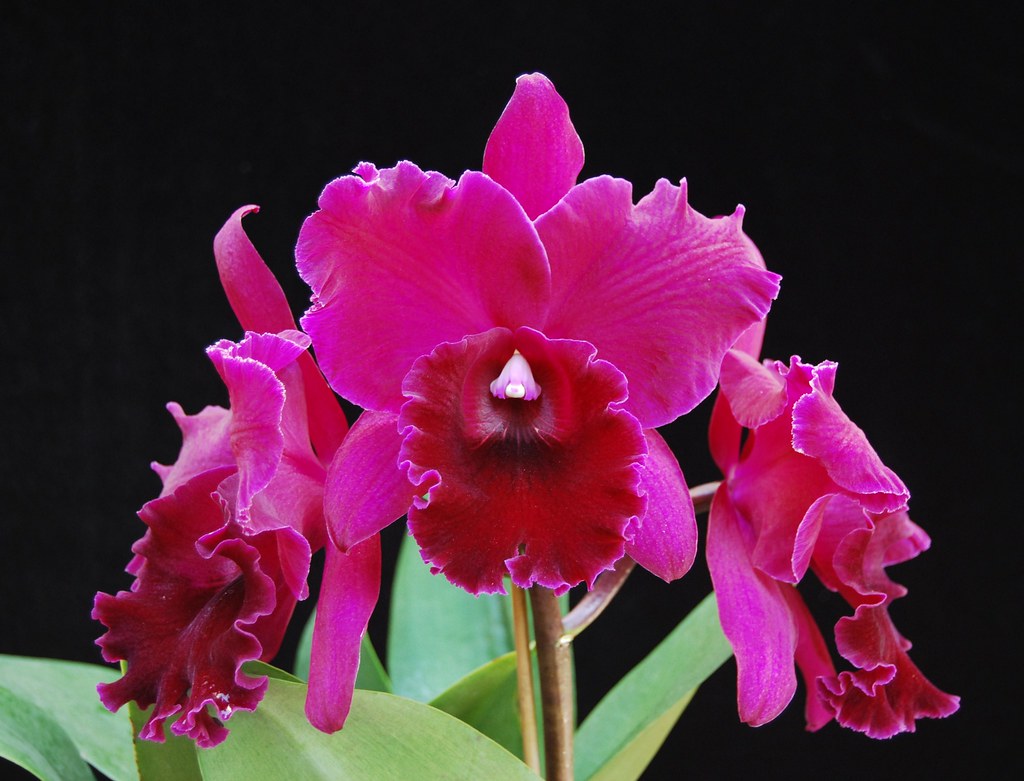
- hjh

- hhg
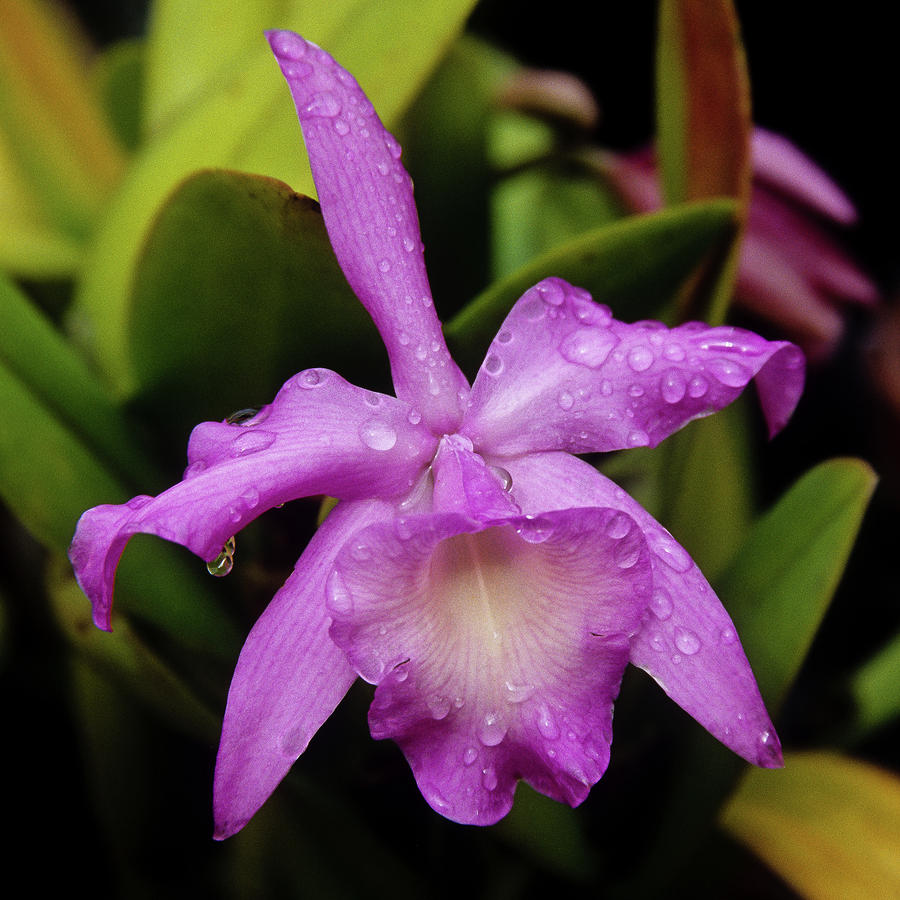
- gg
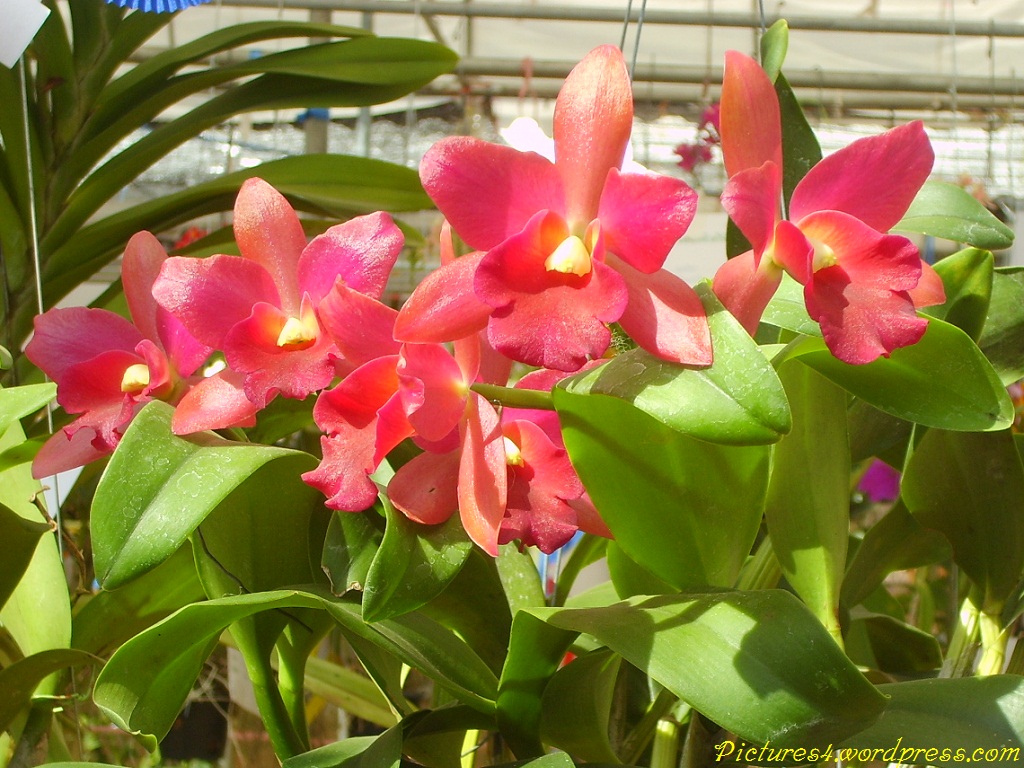
- dd

- gg

- hh
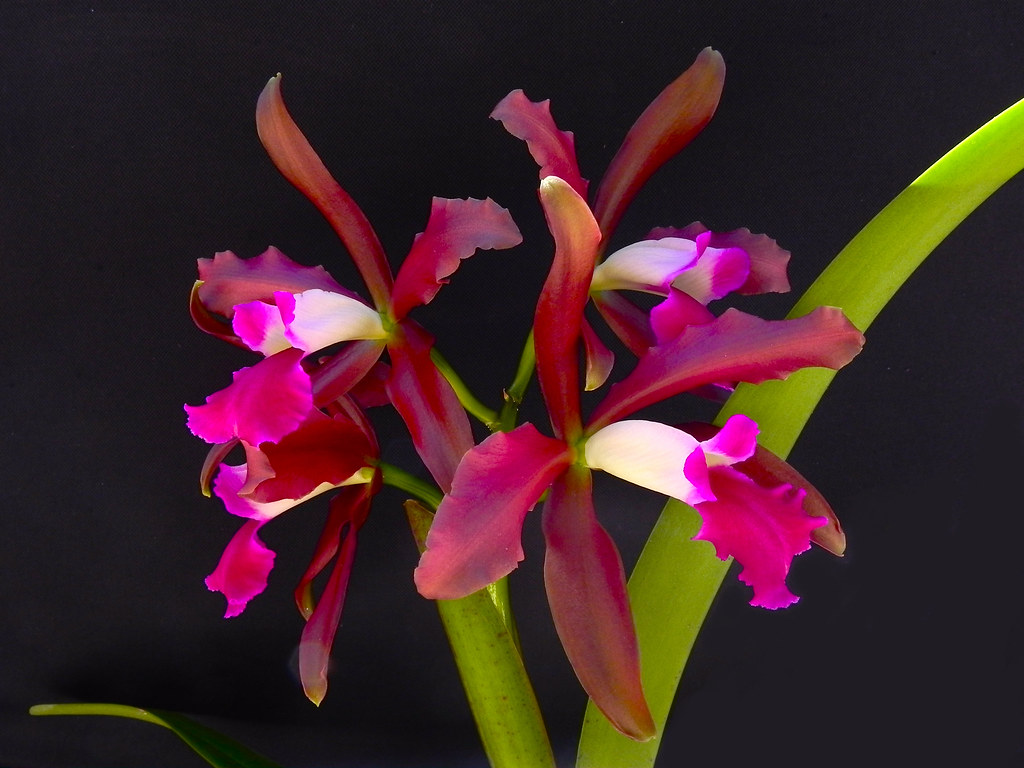
- hbg

- hh

- vfv

- hgg

- v

- h
- h




-

-

-

-





- Laeliocattleya Tiny Treasure 'Star Am
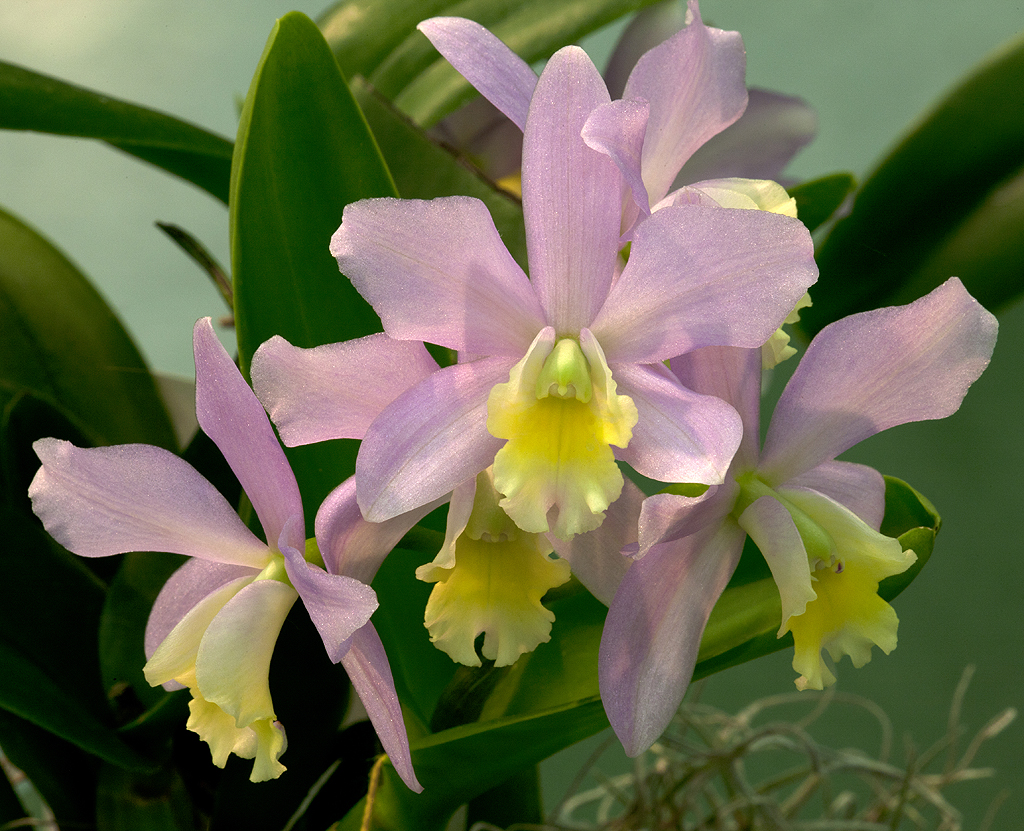
- kk

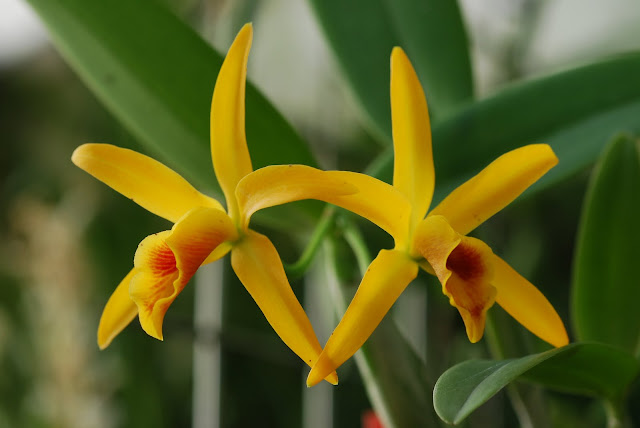



Nhận xét
Đăng nhận xét